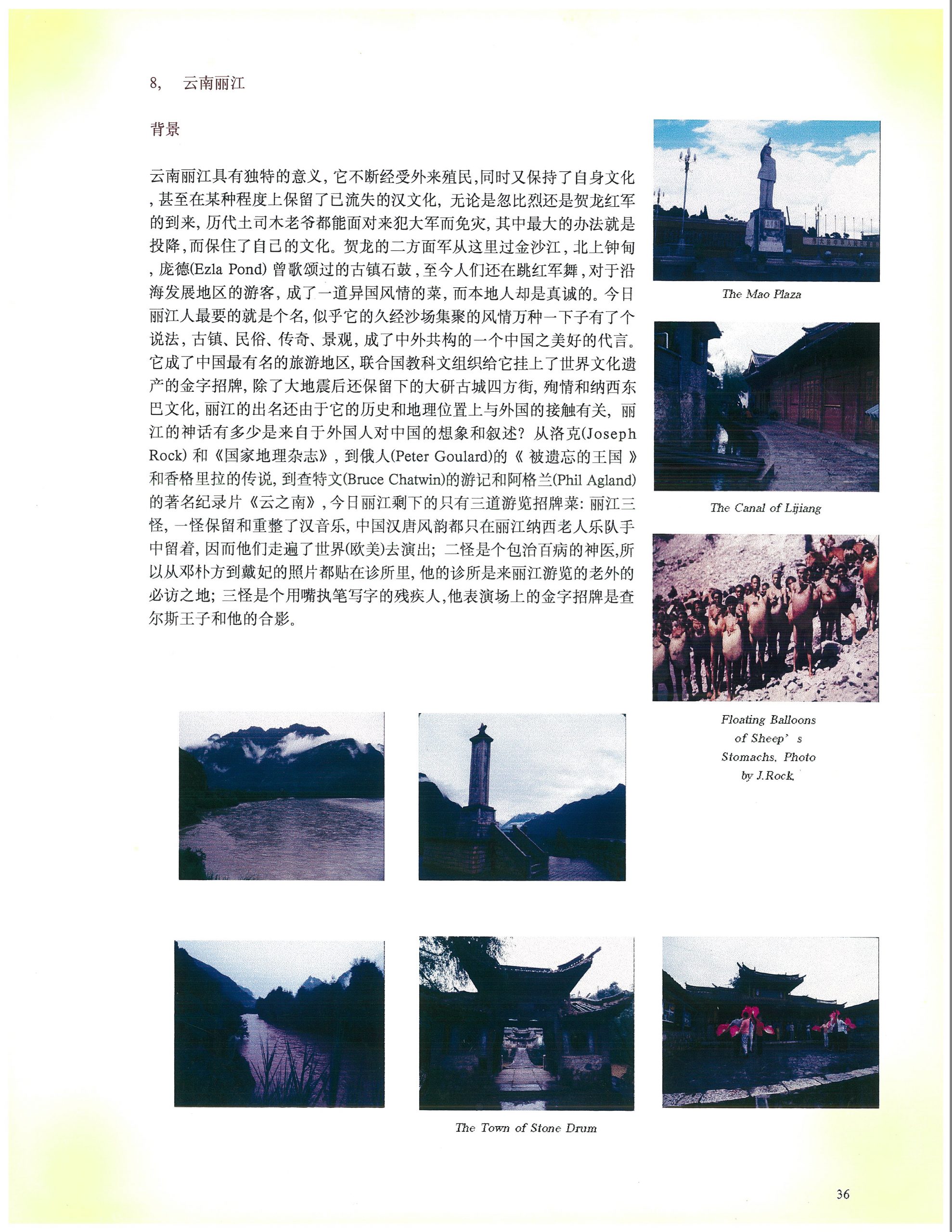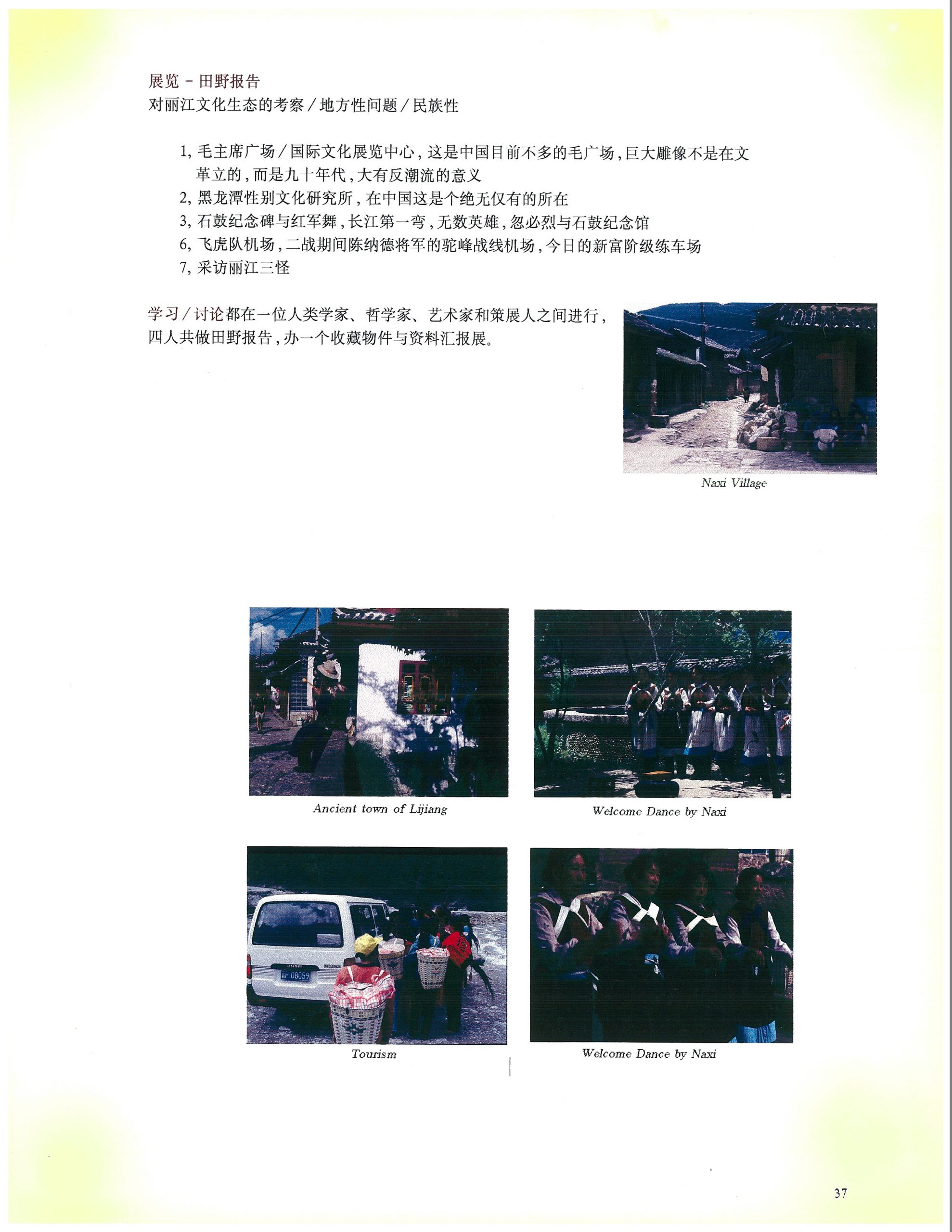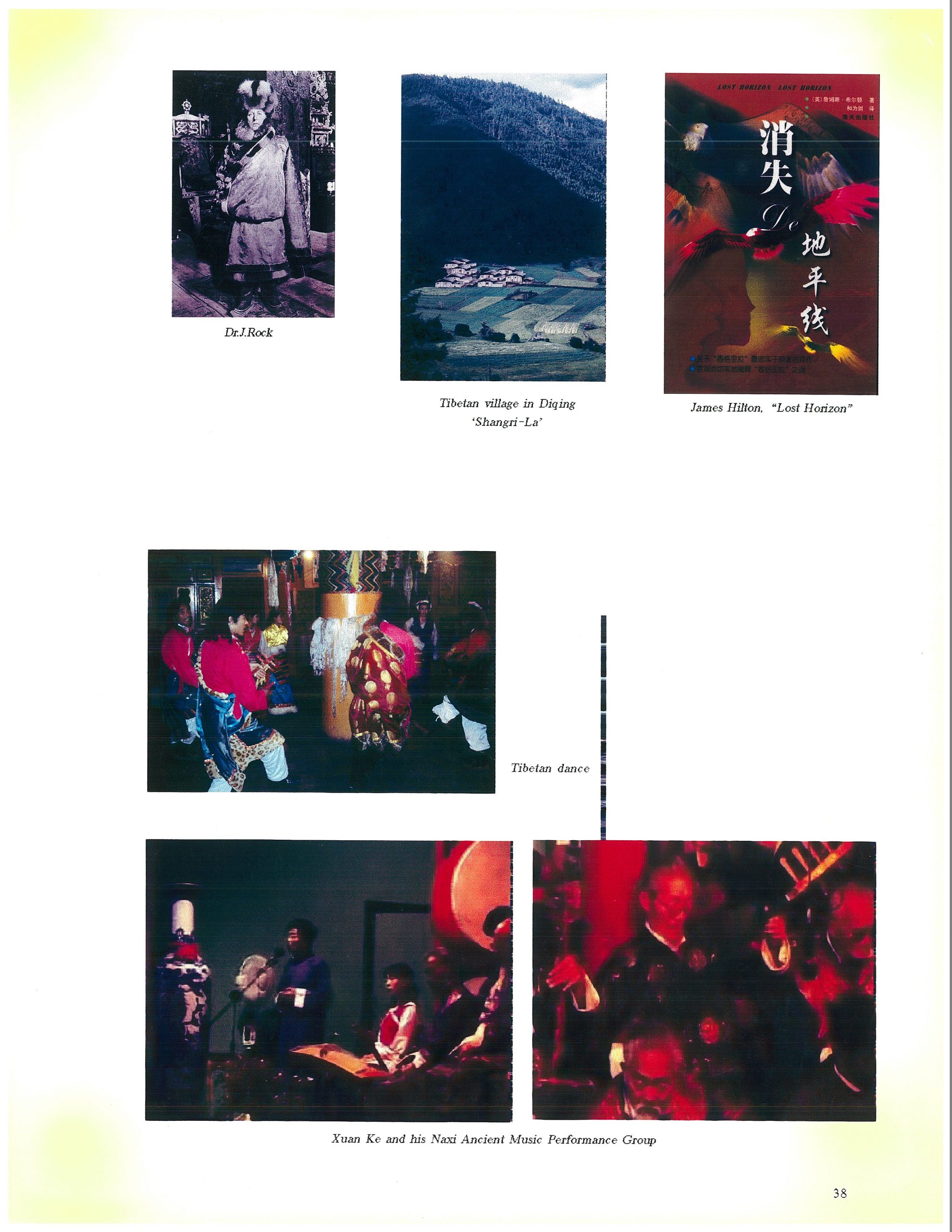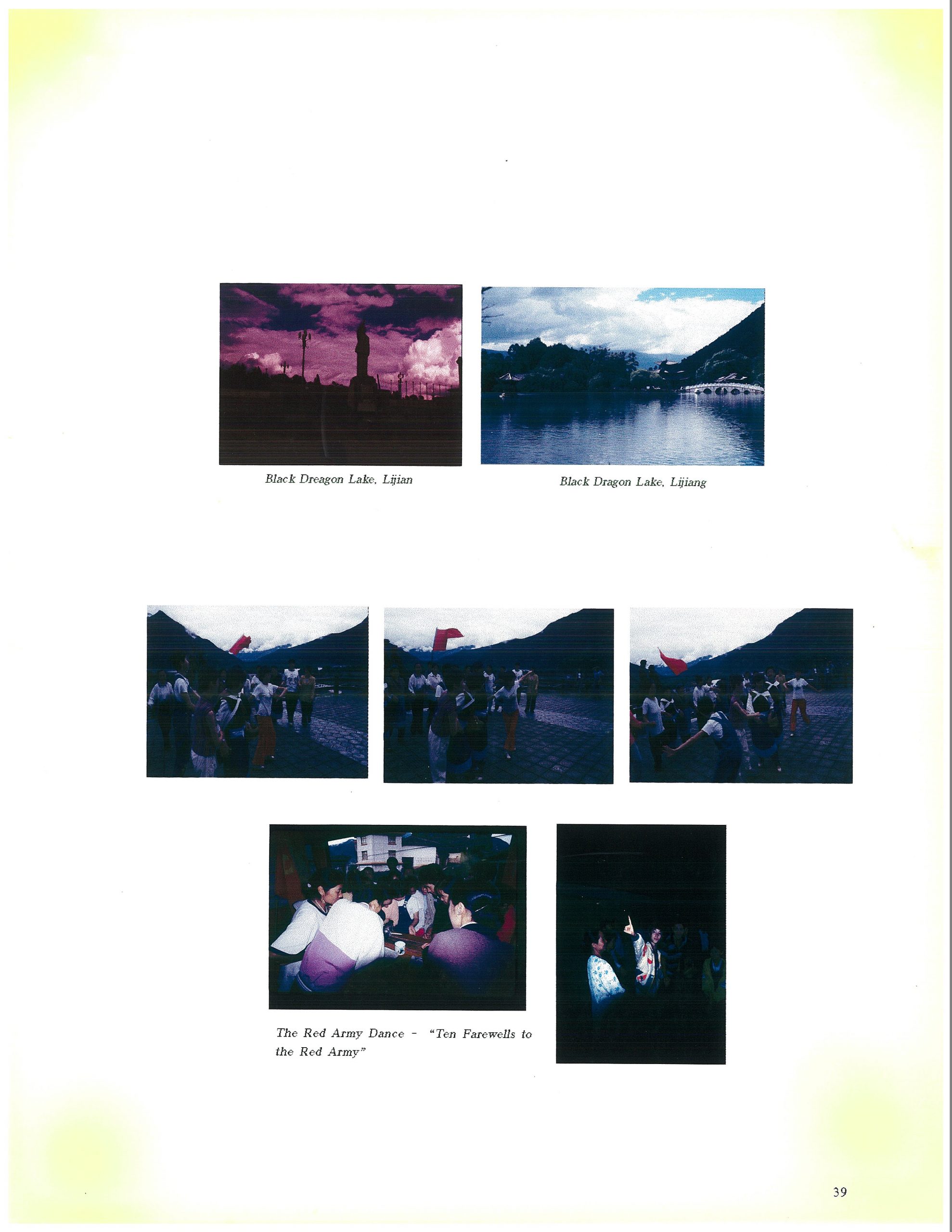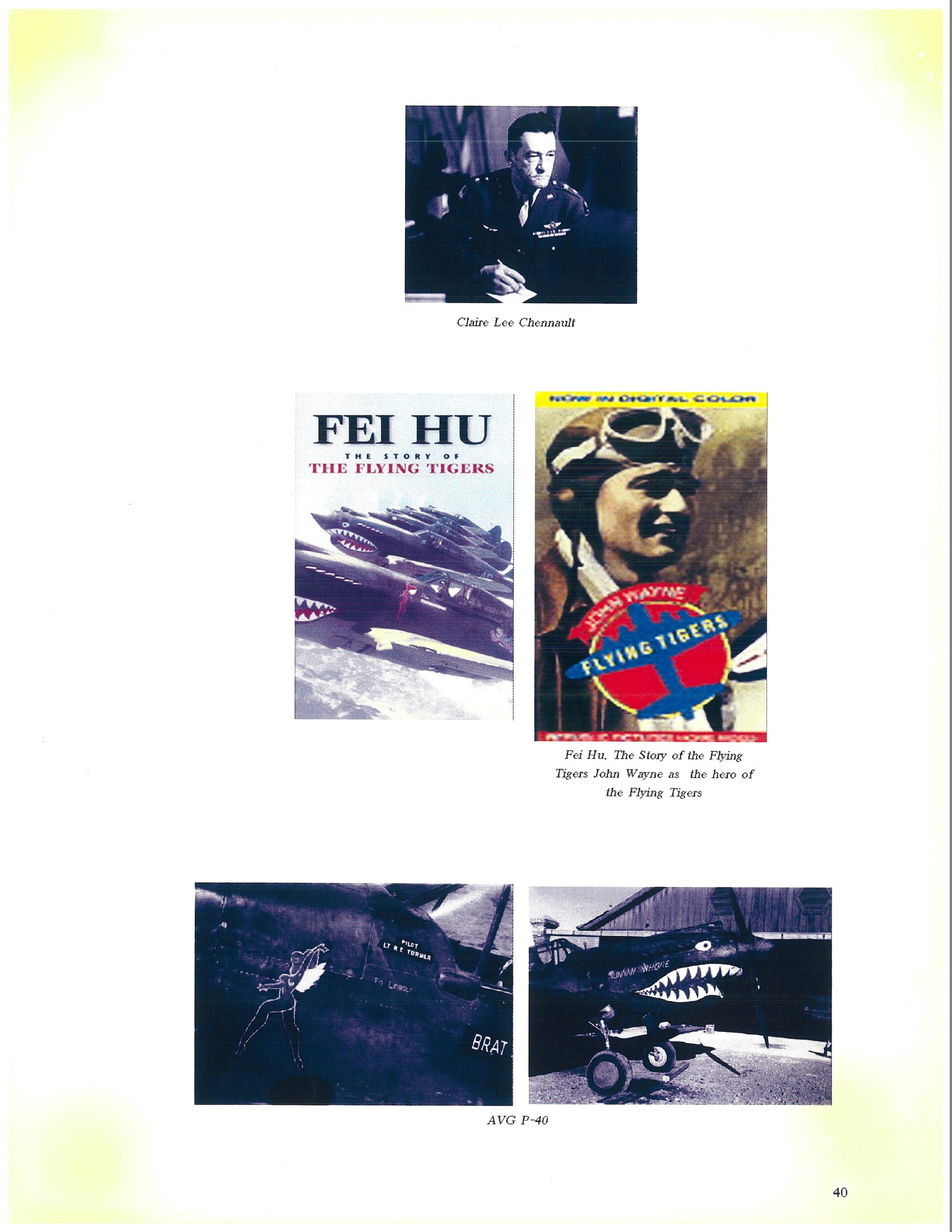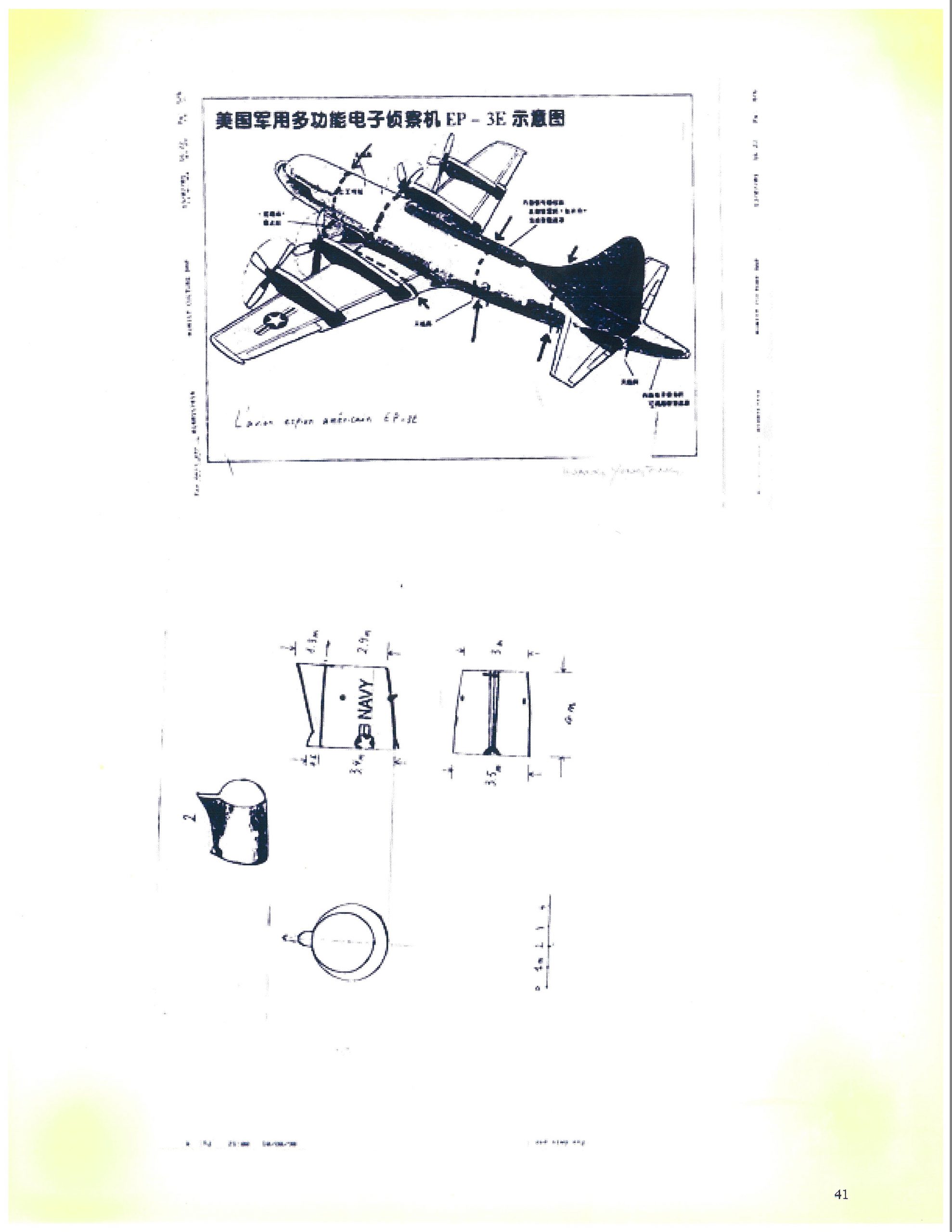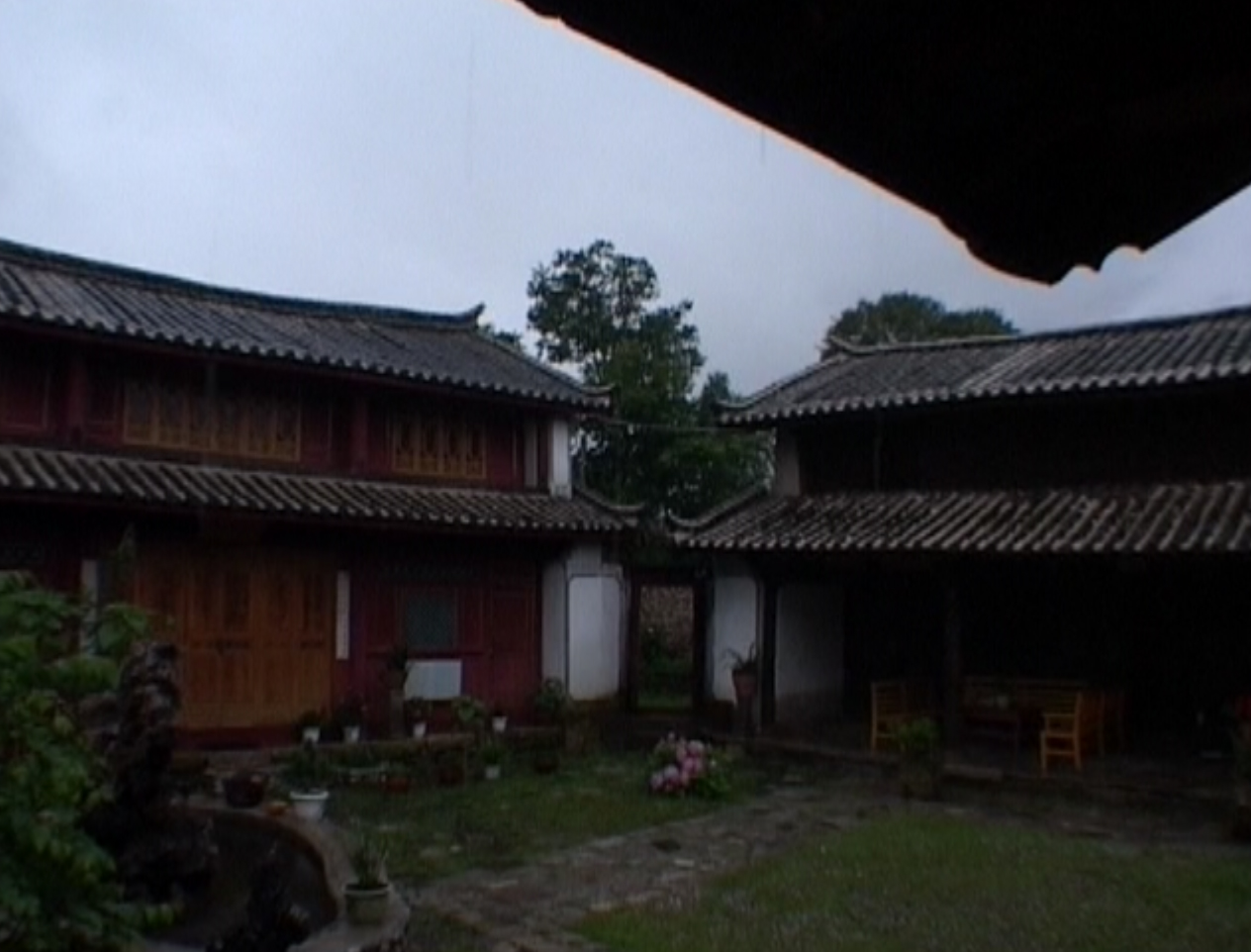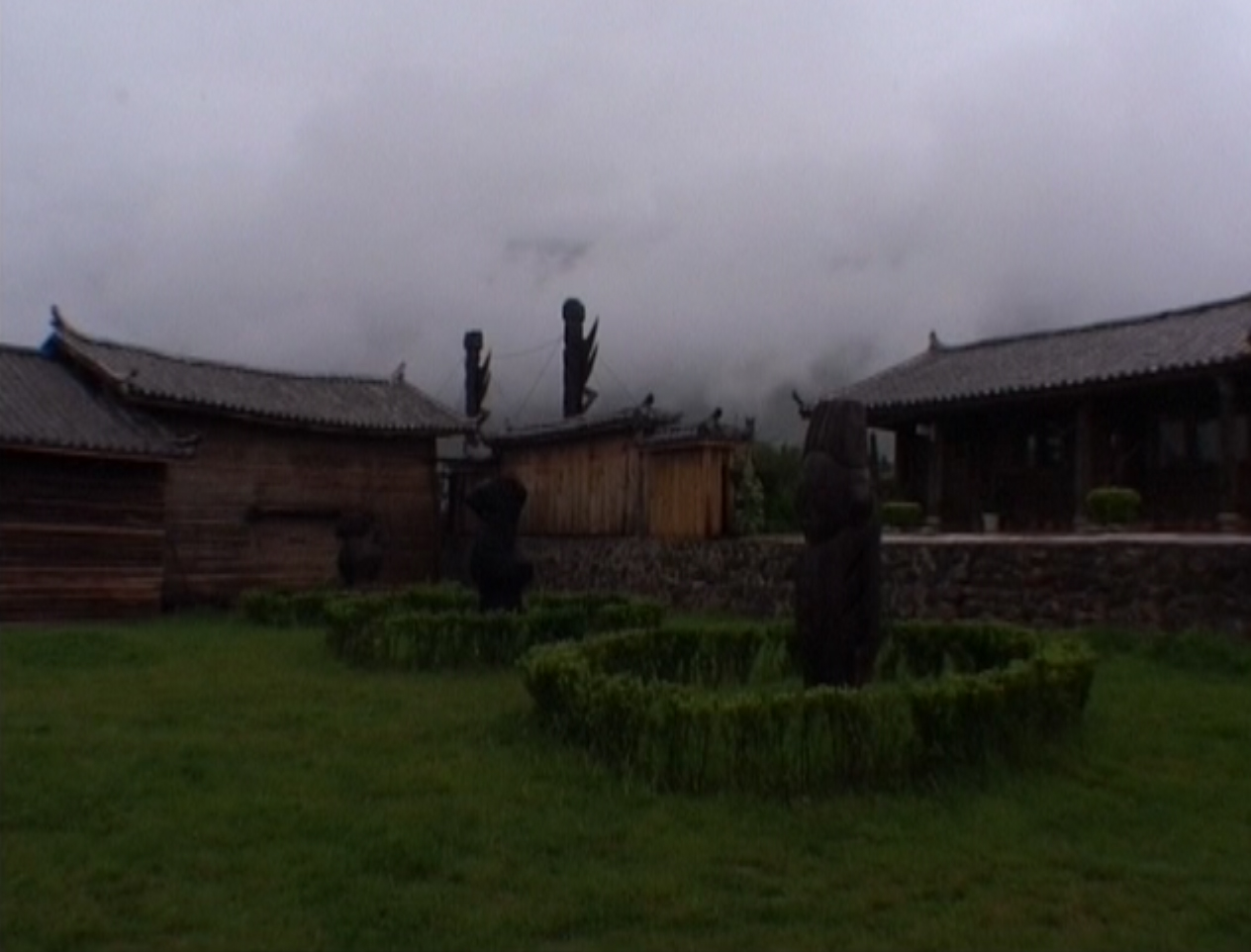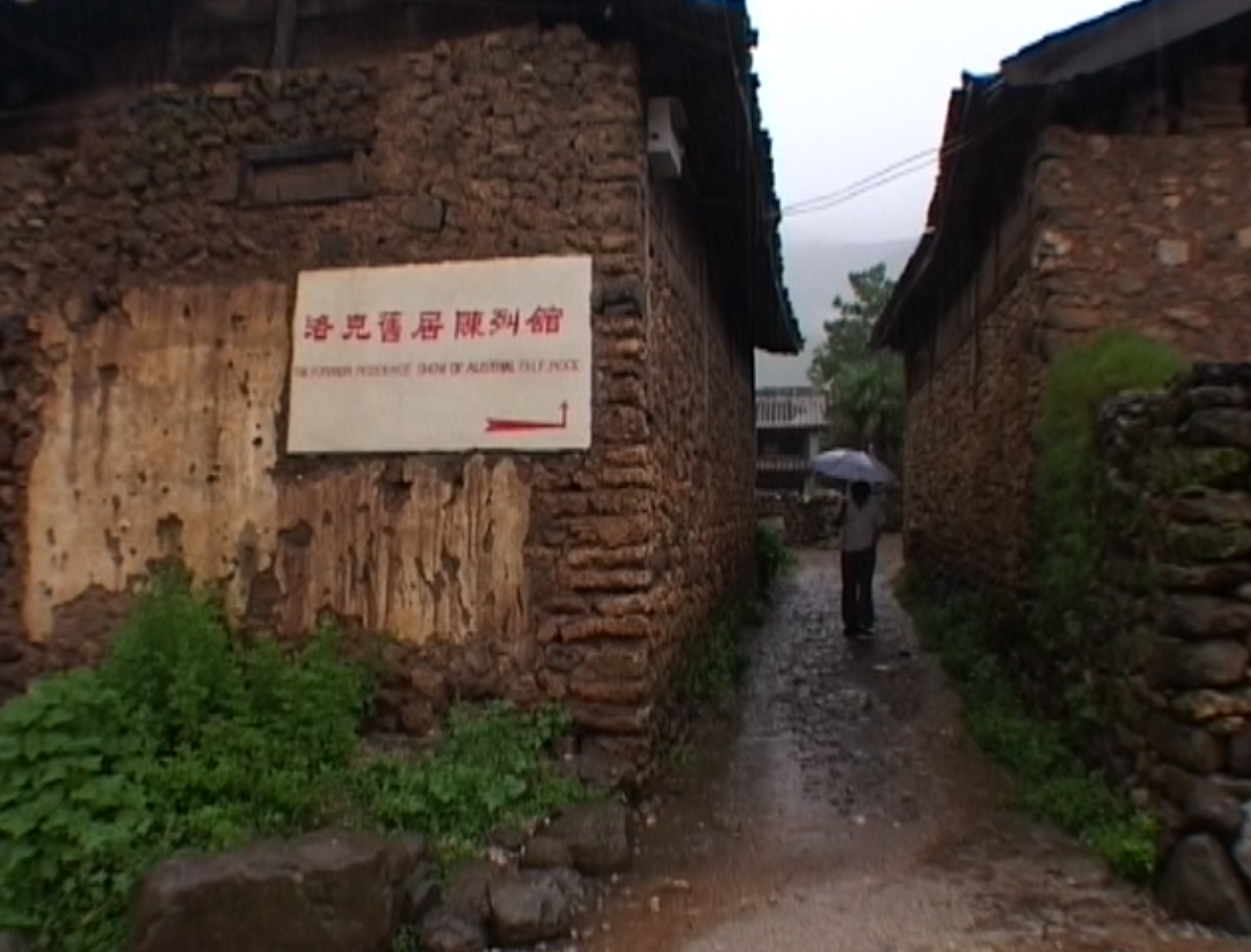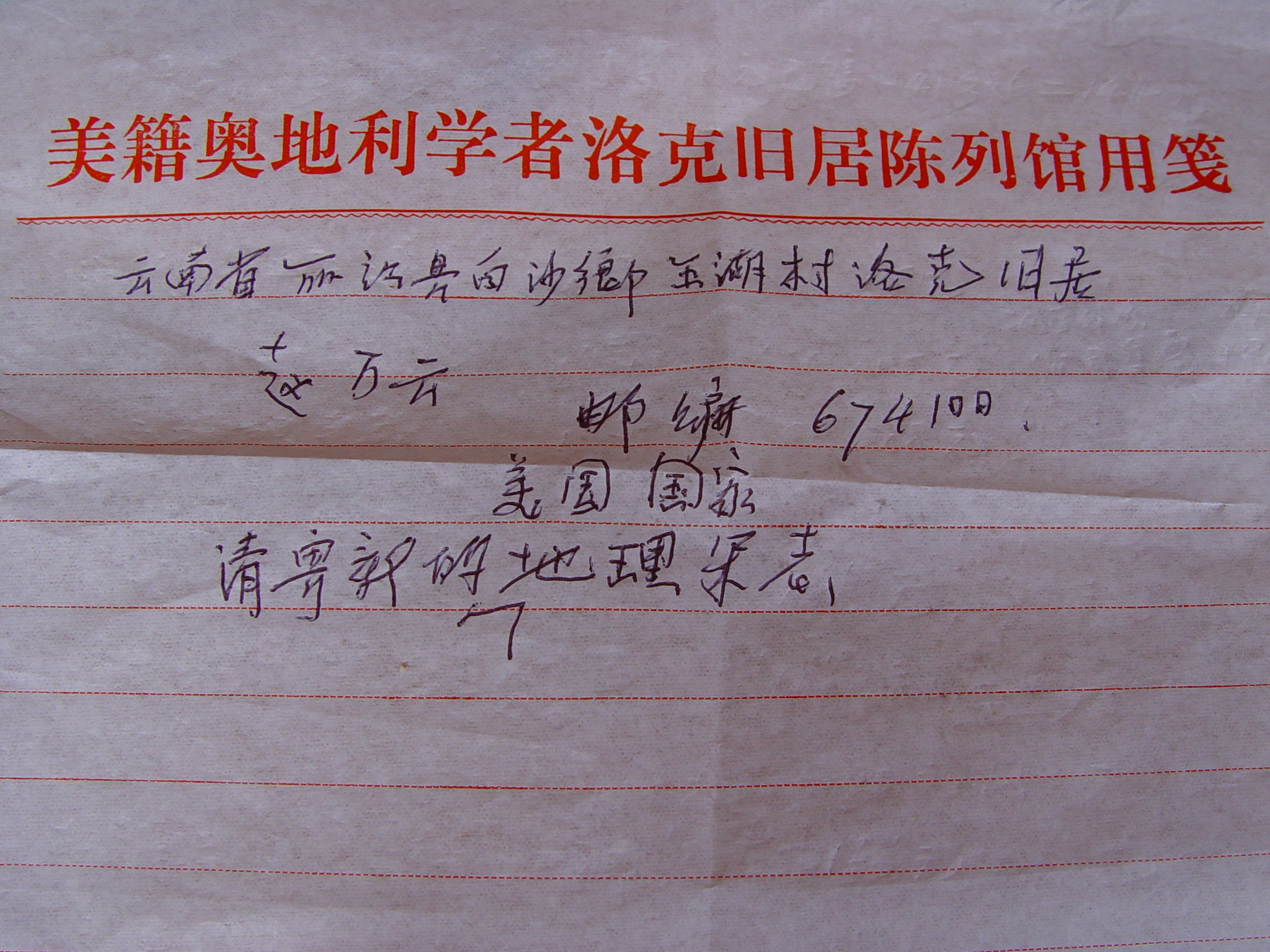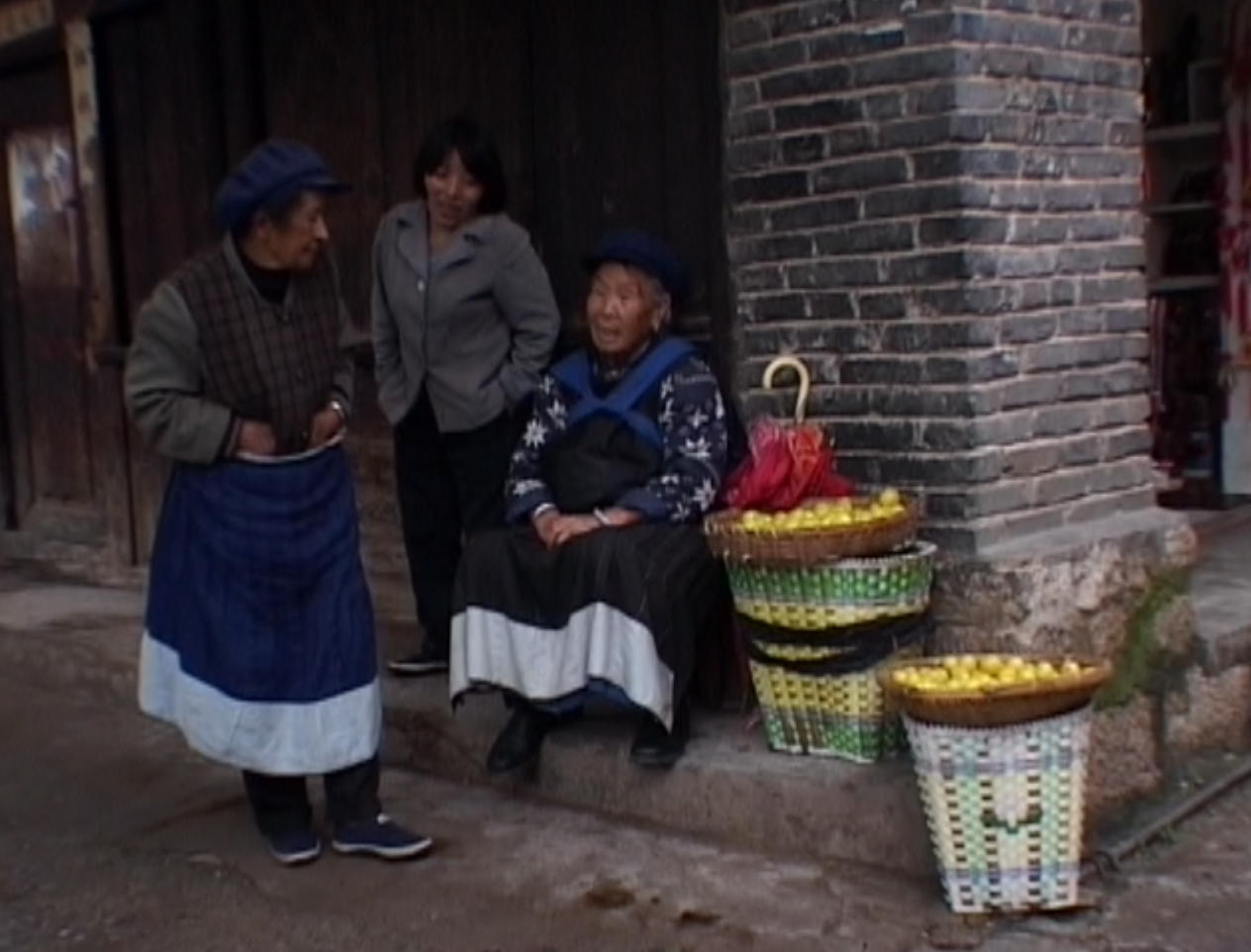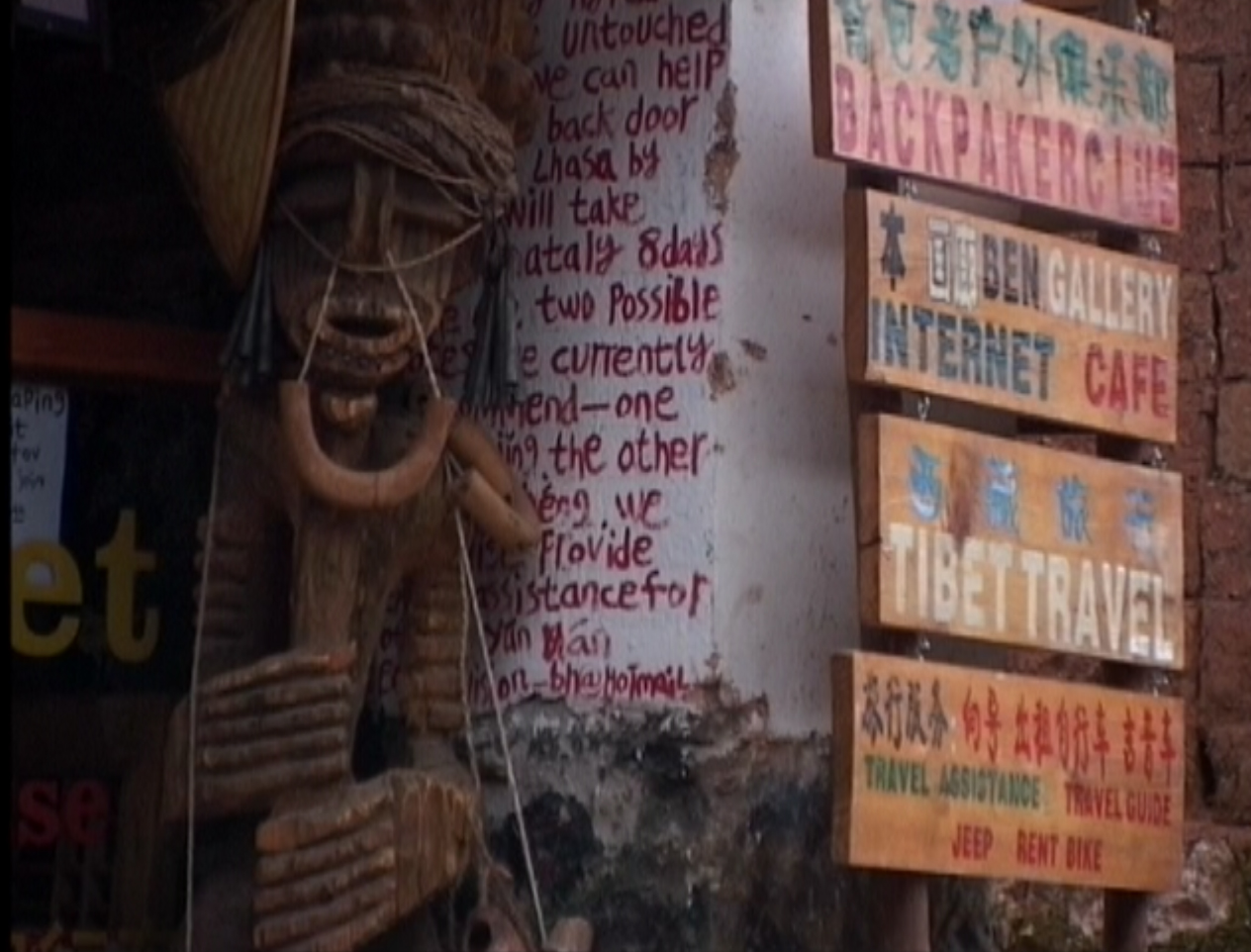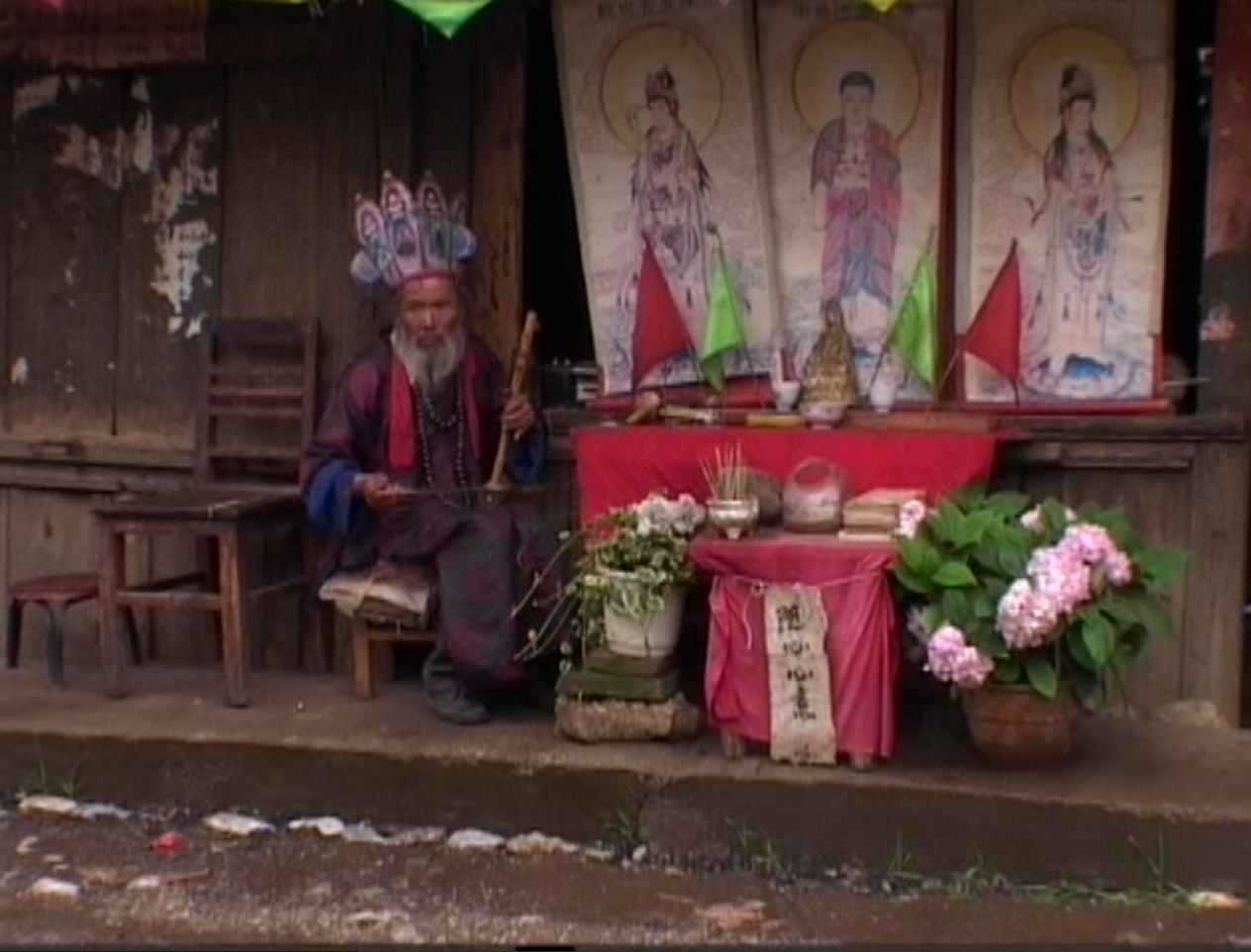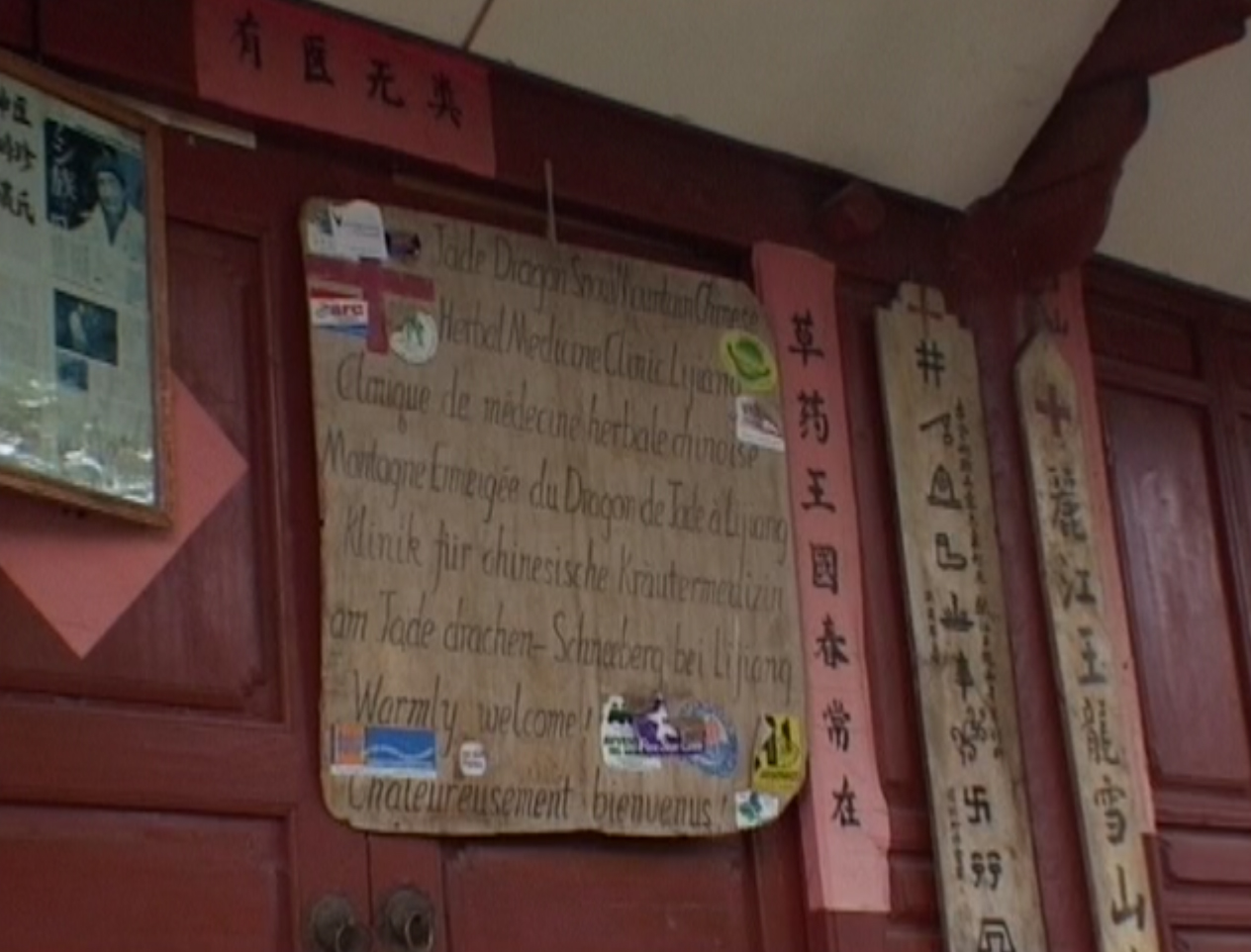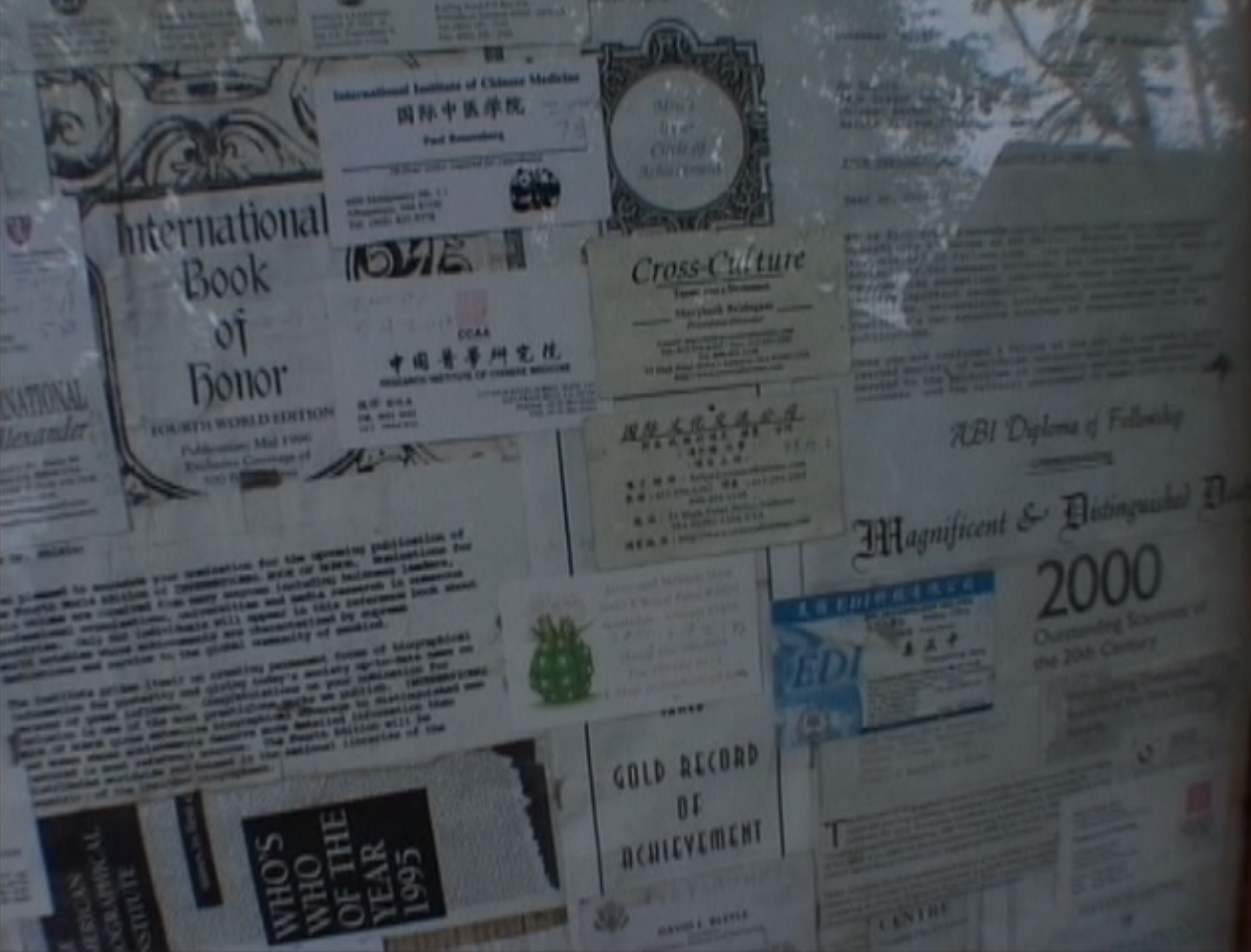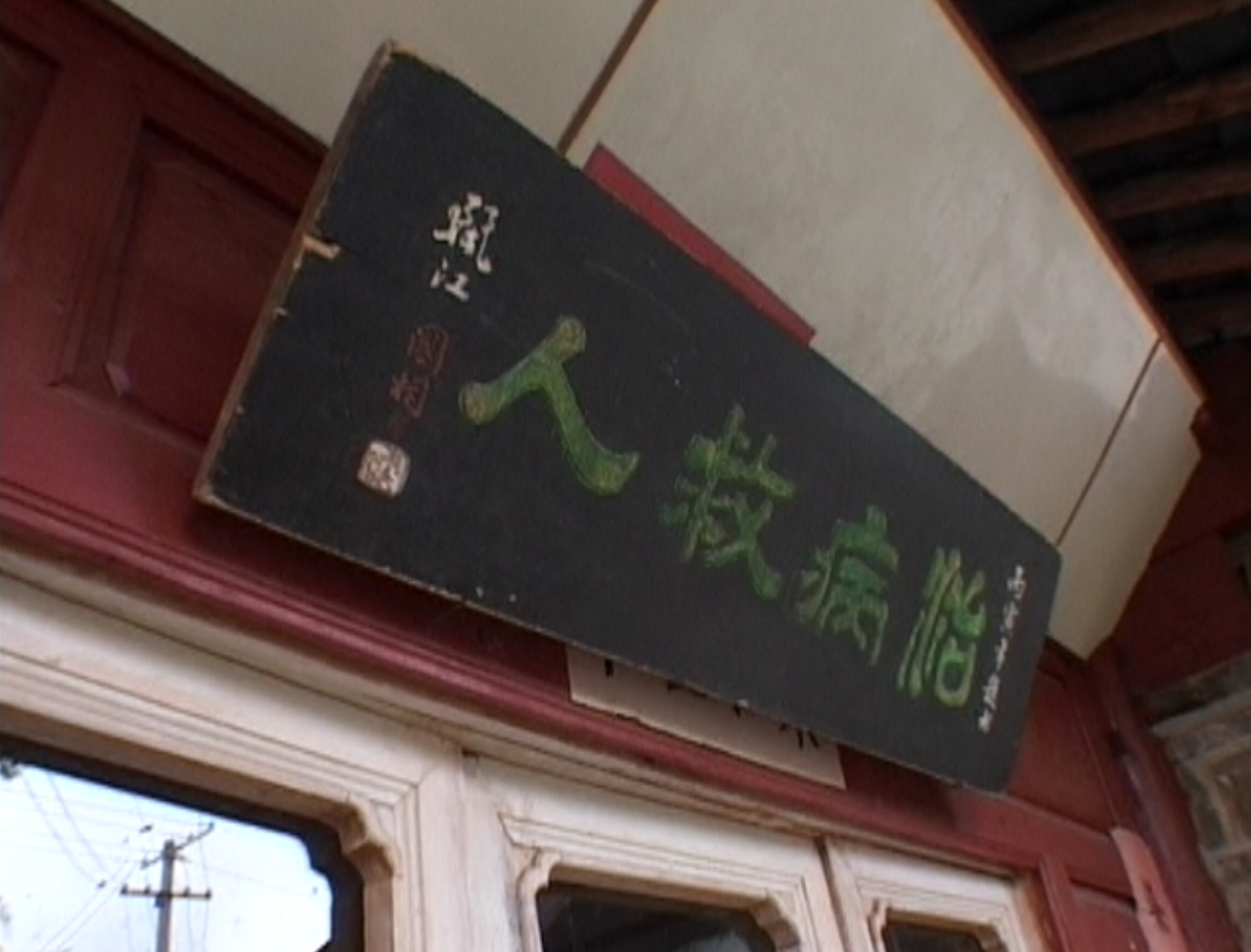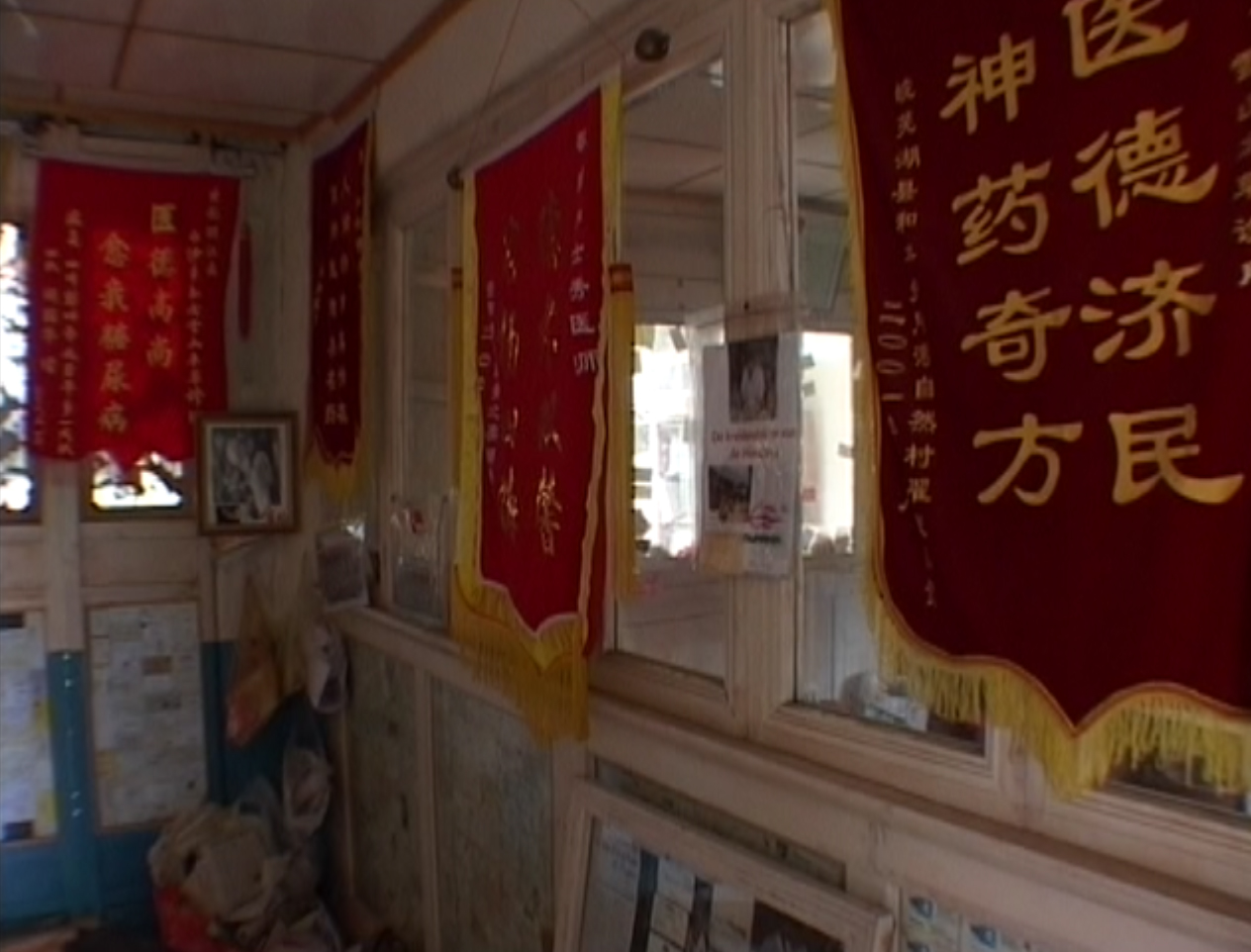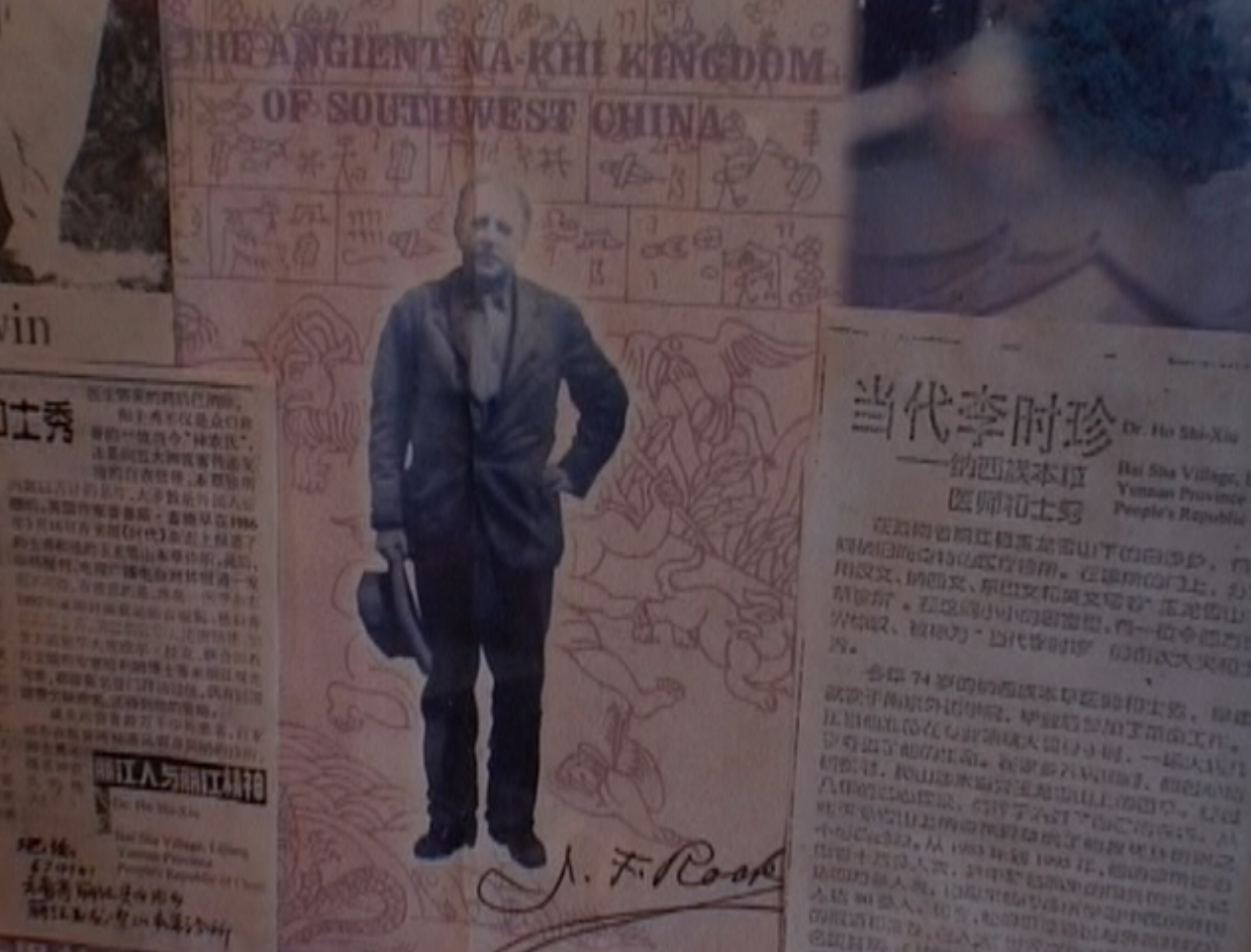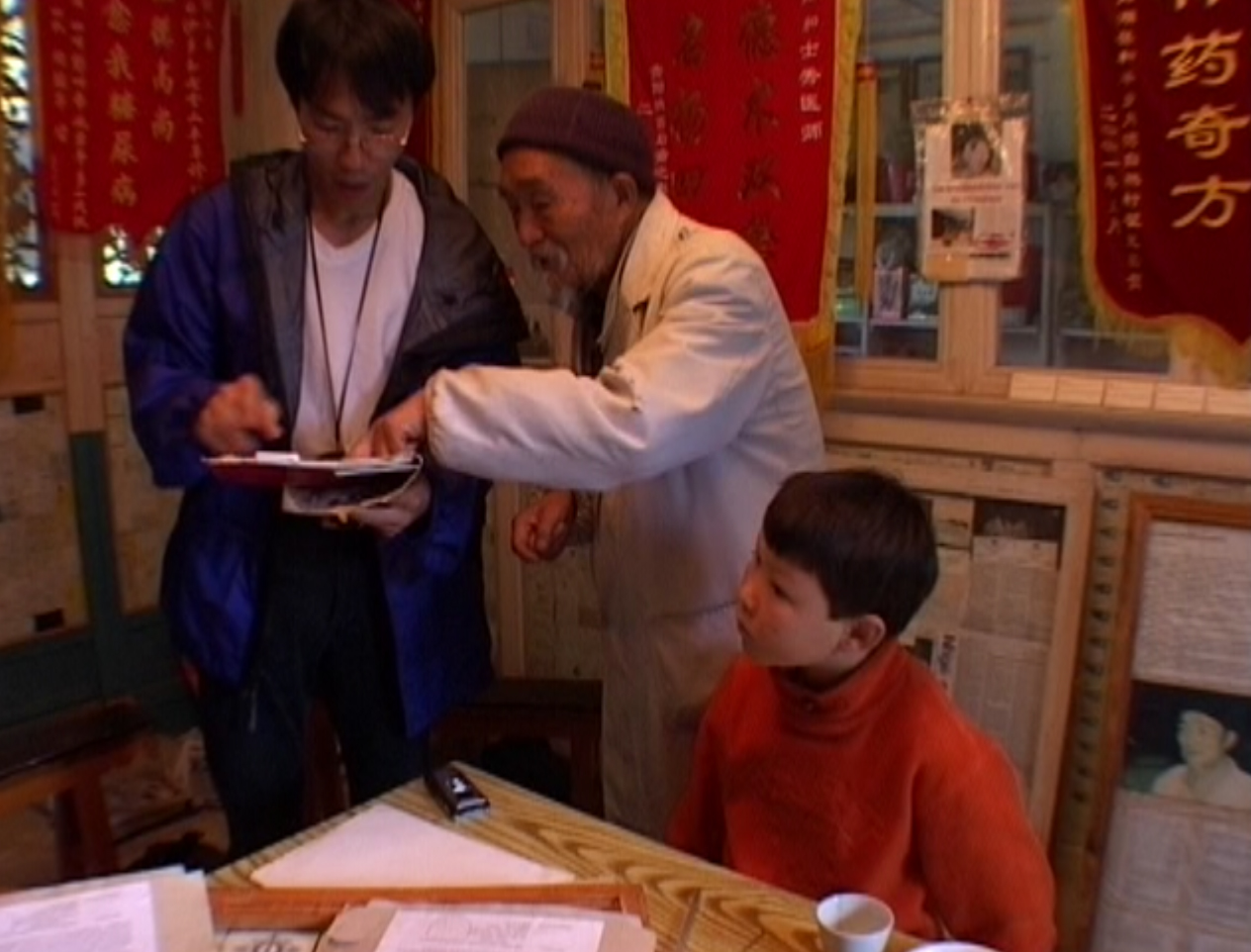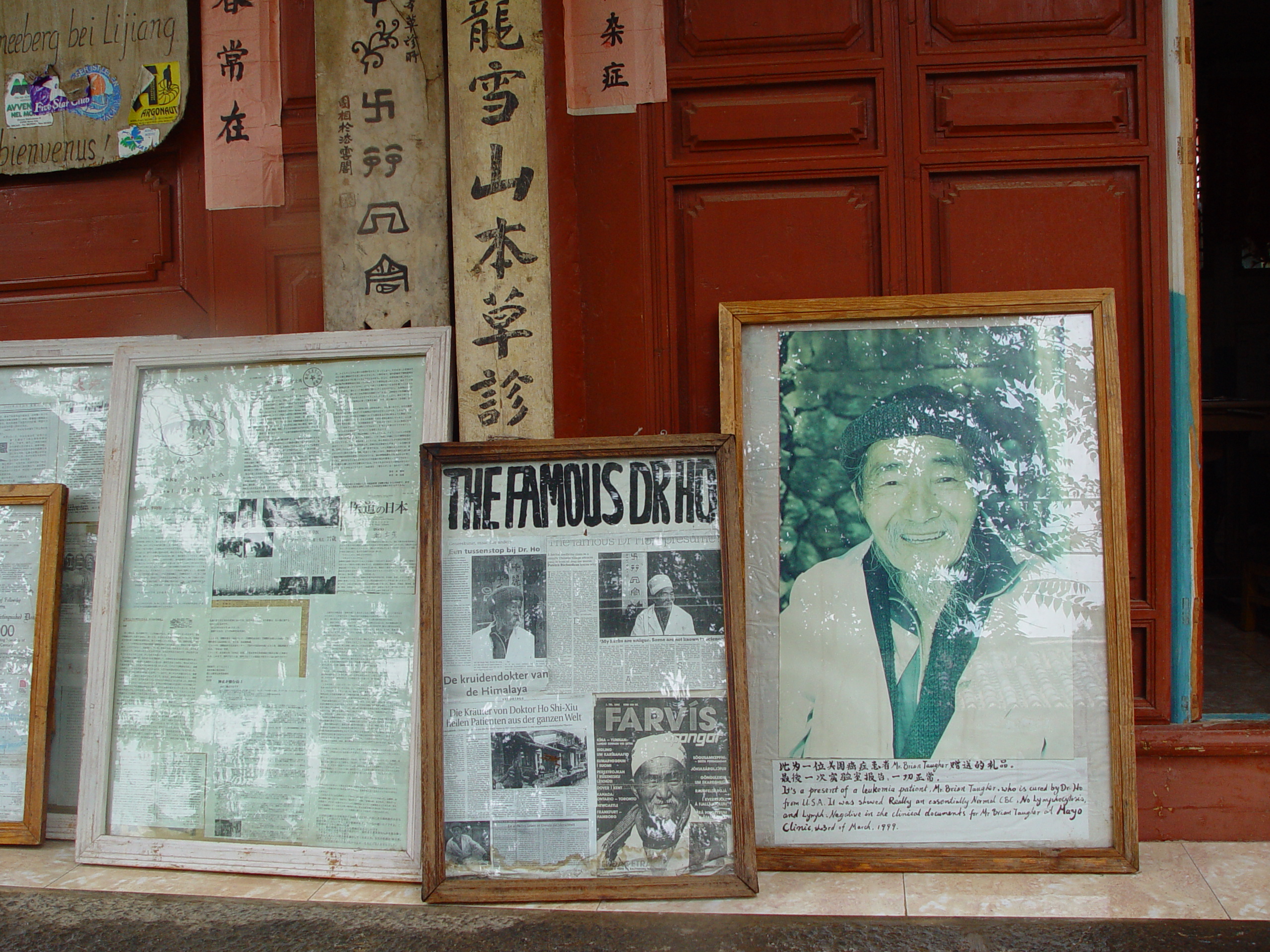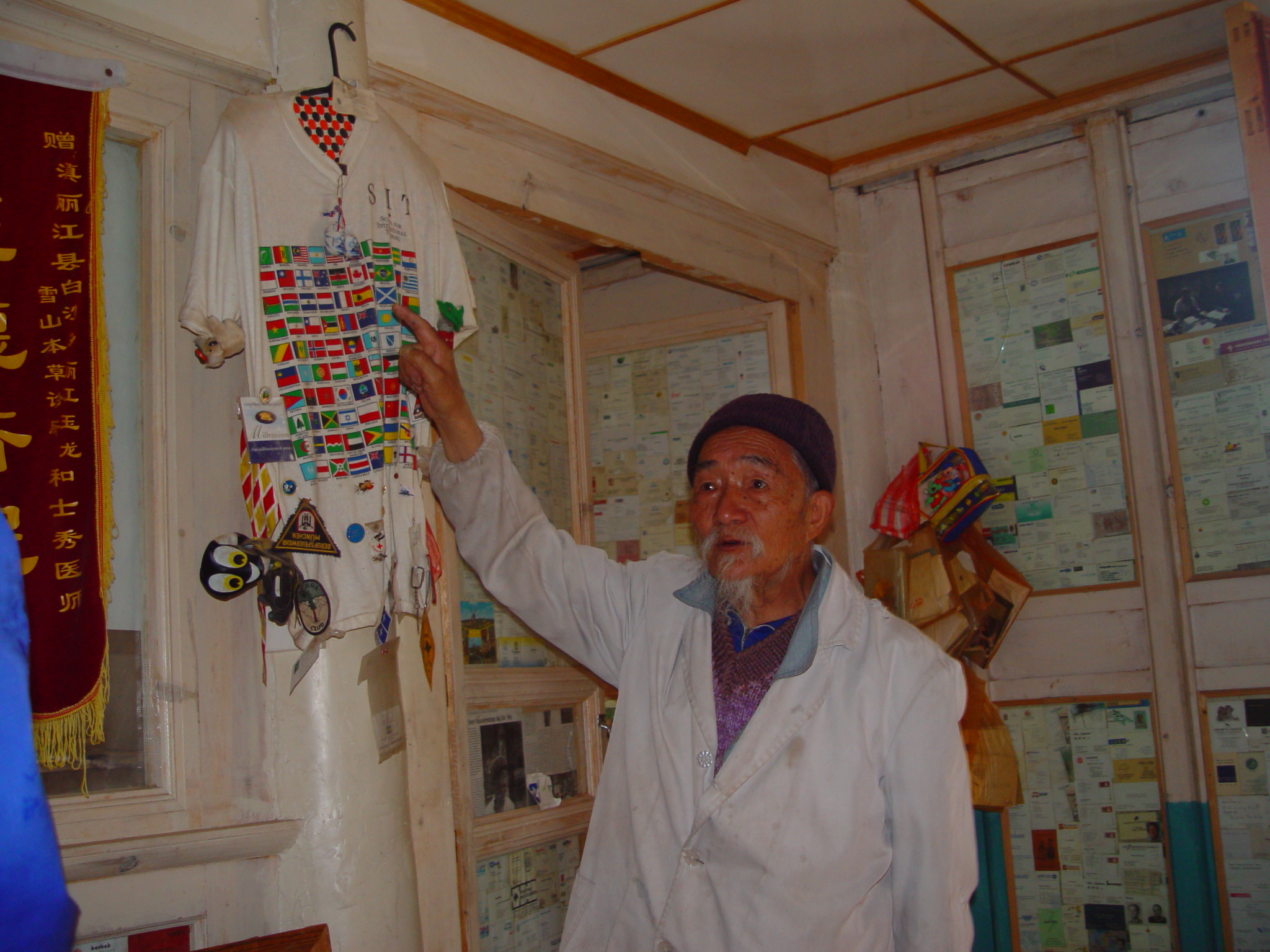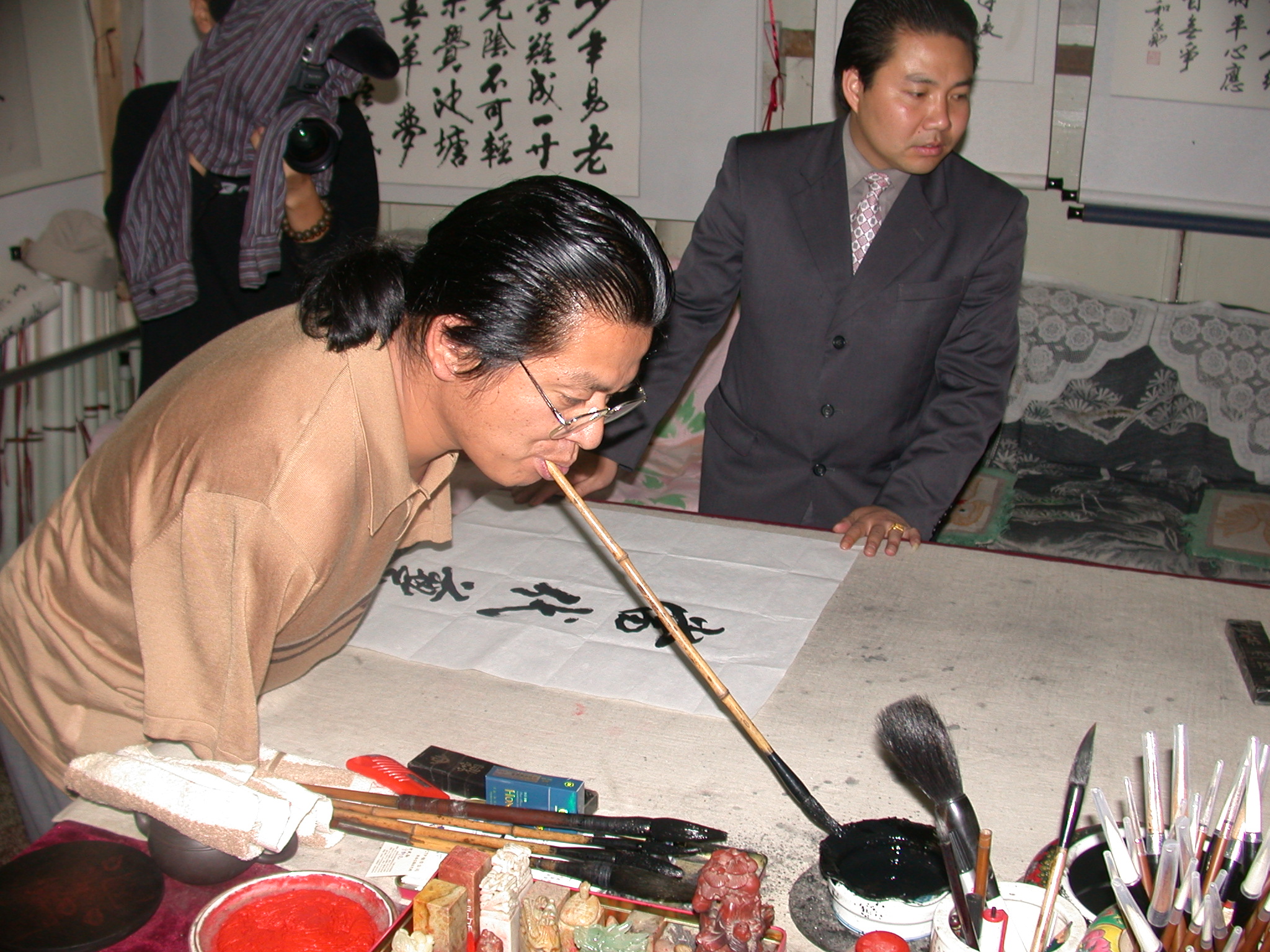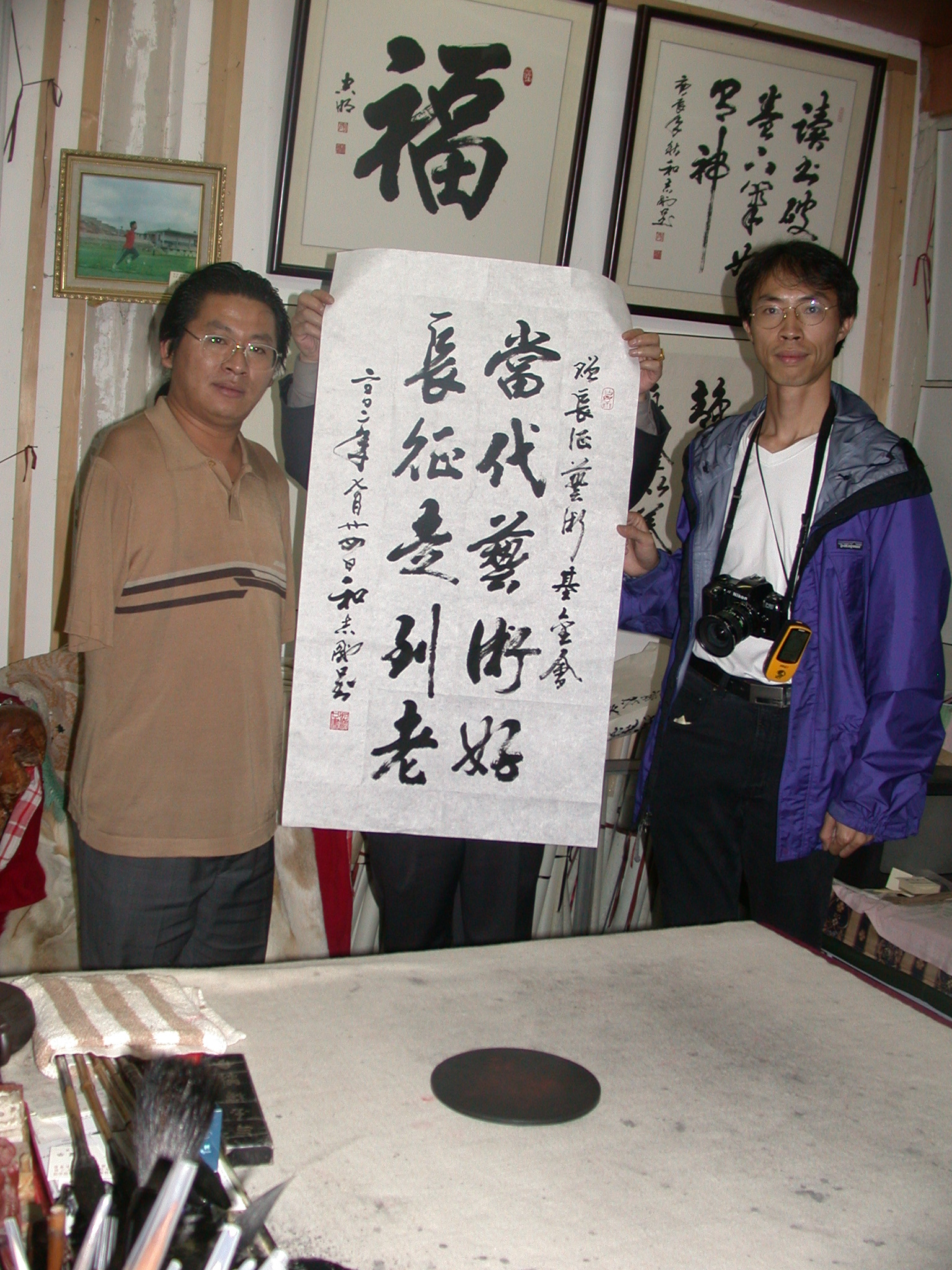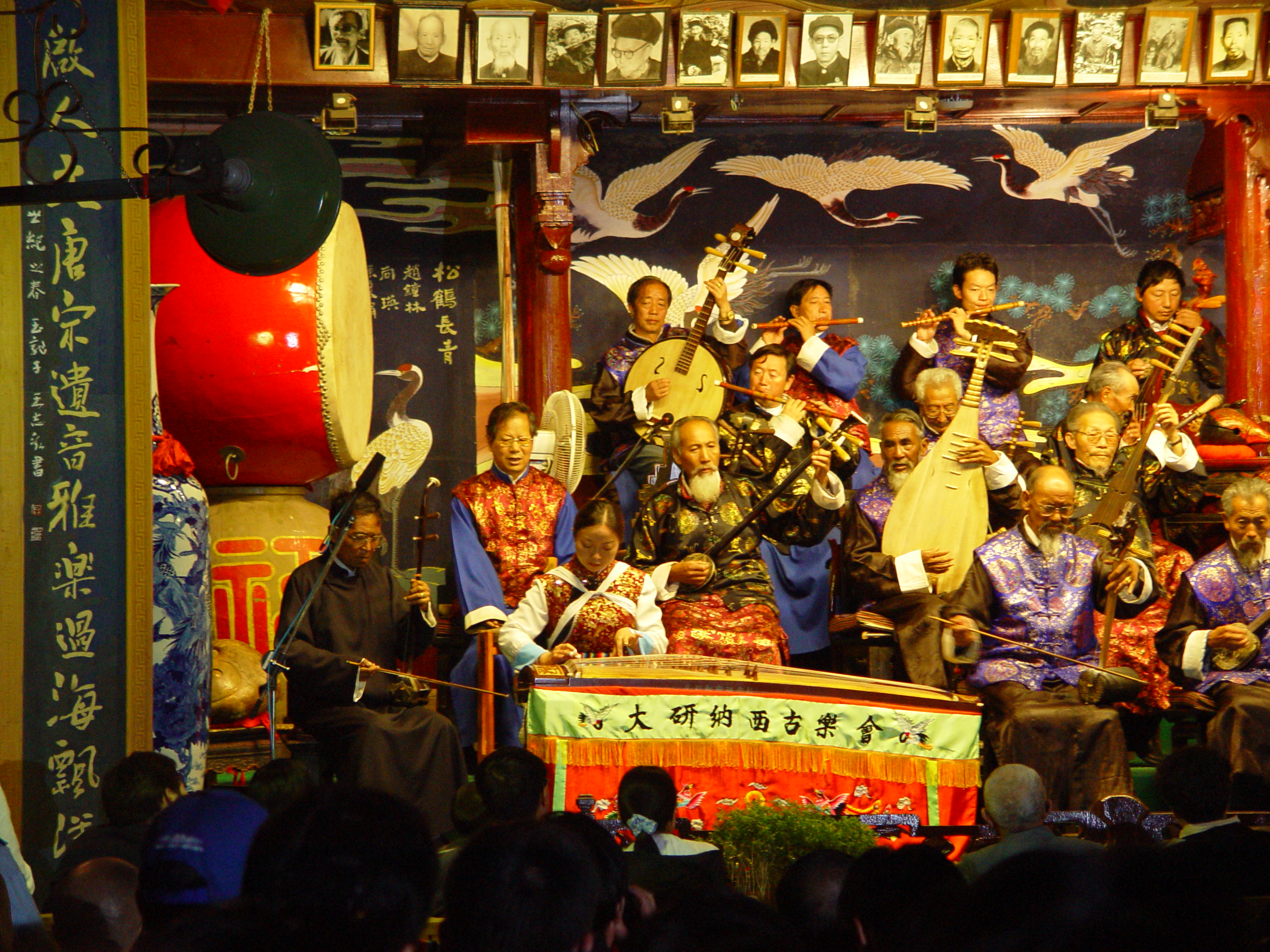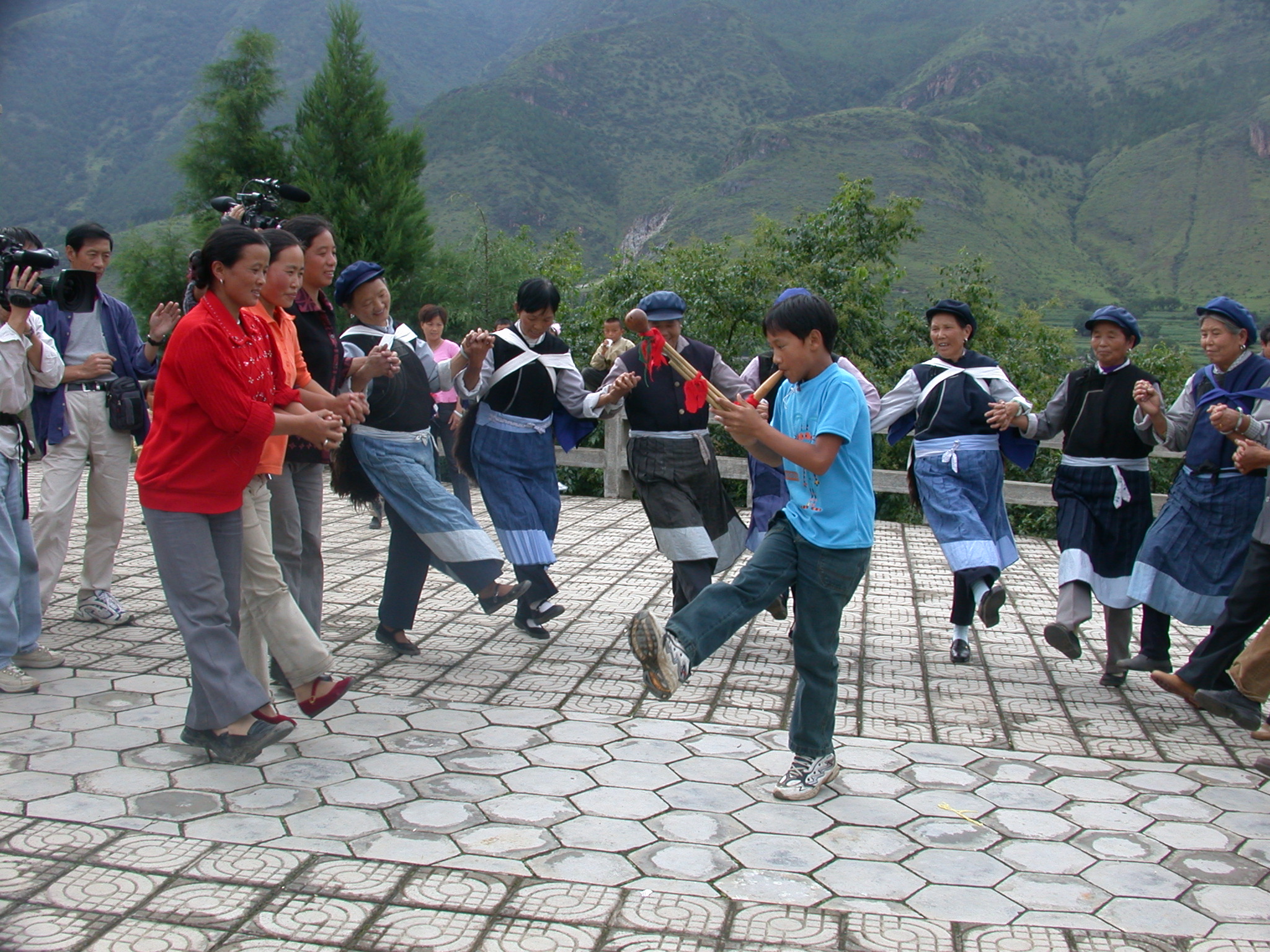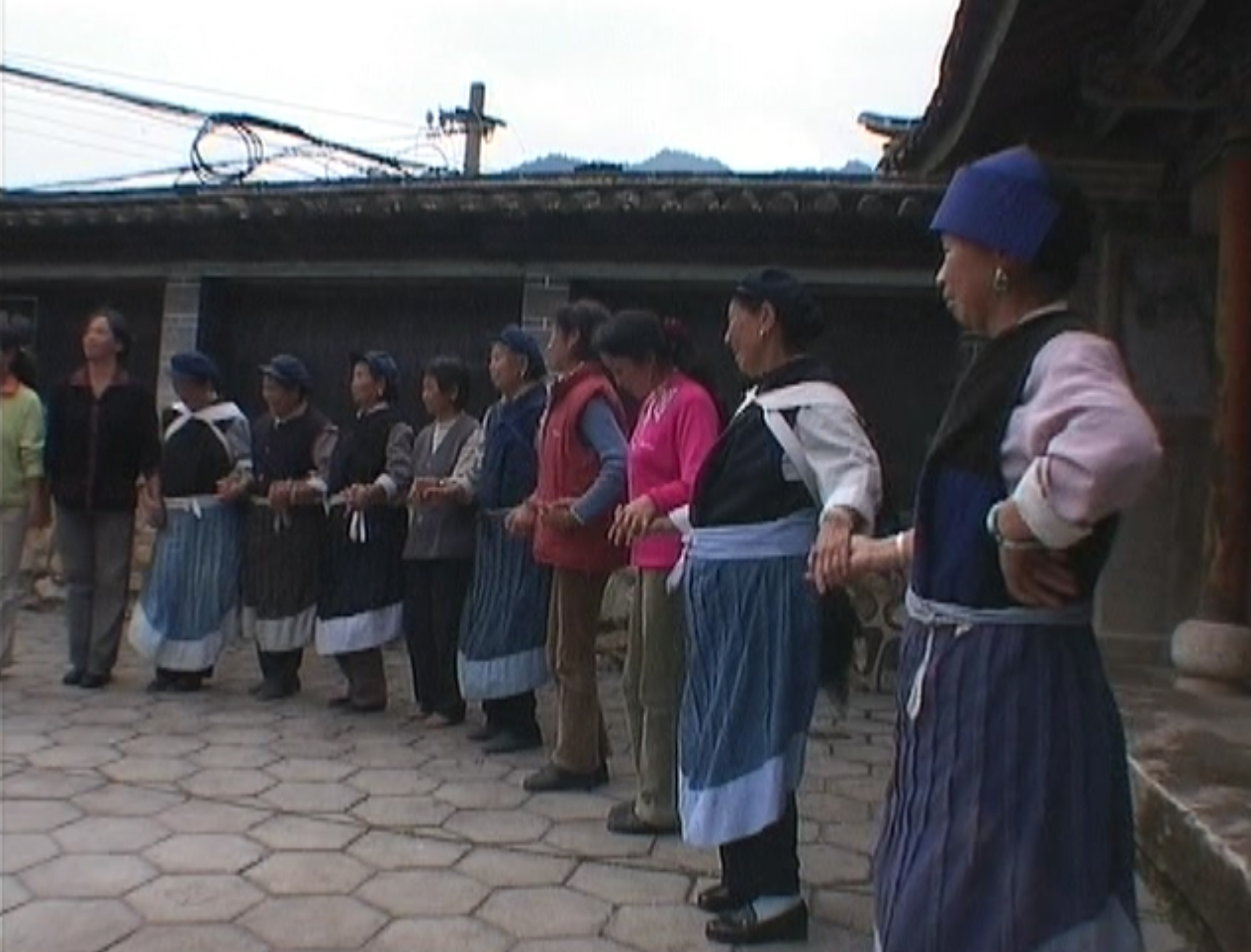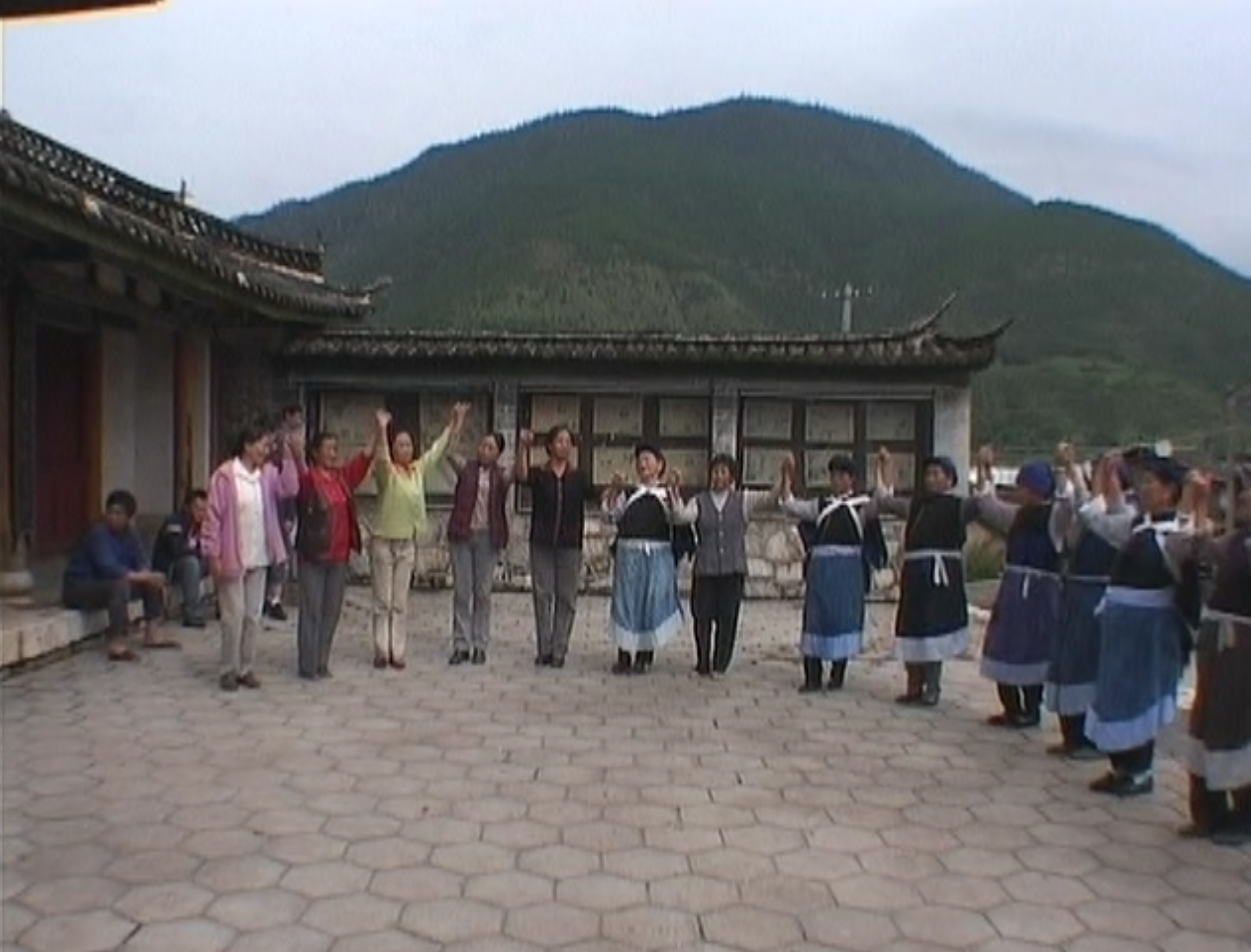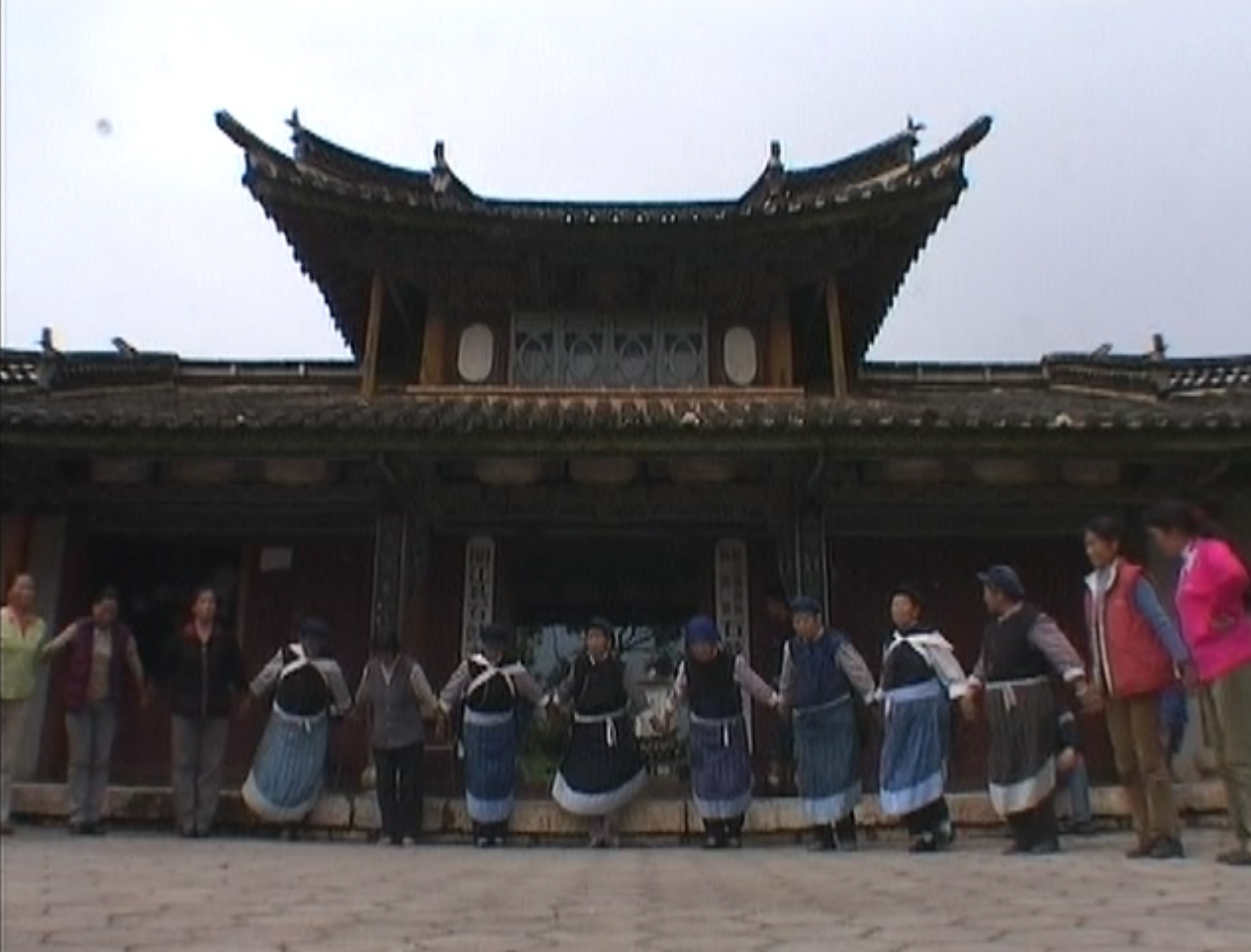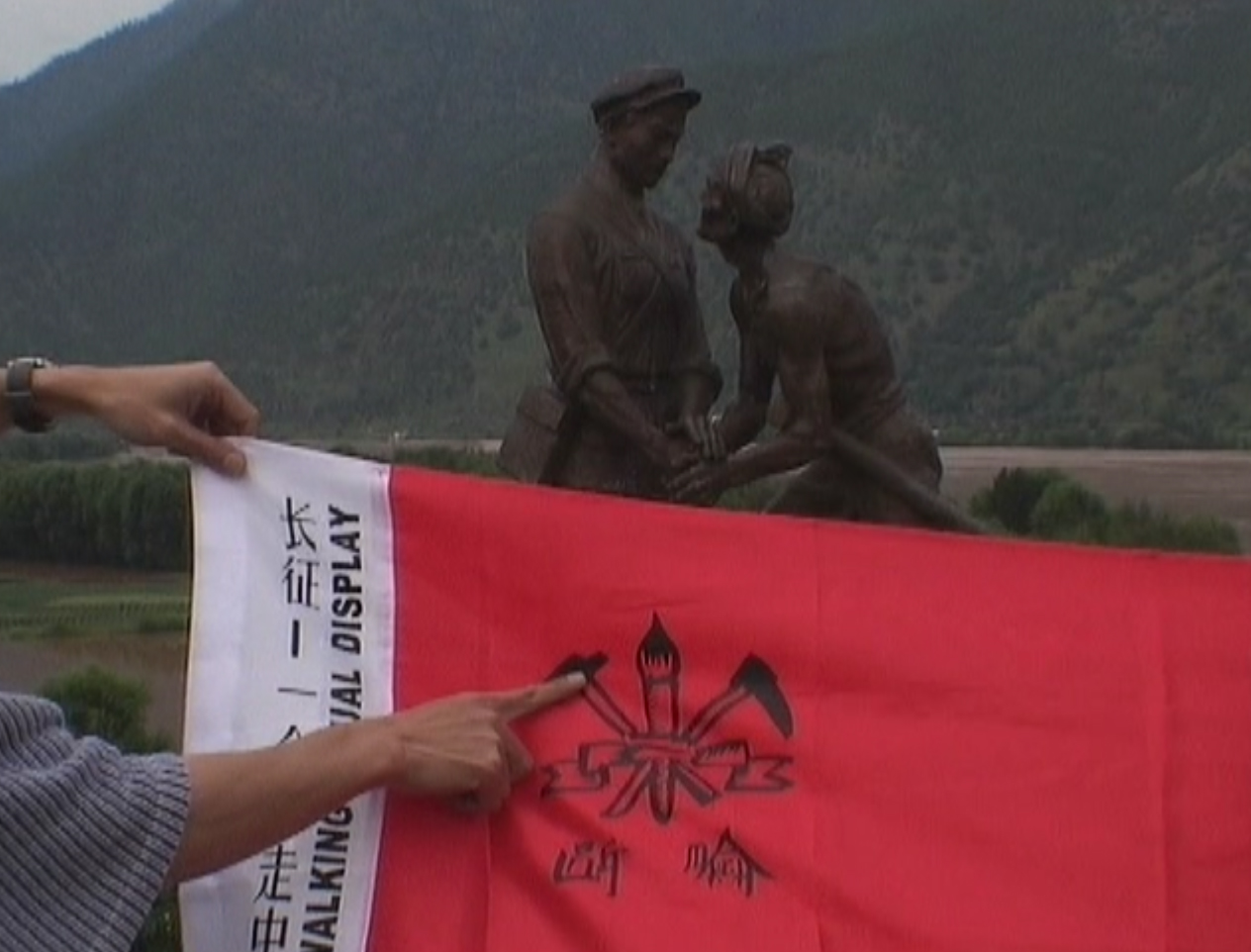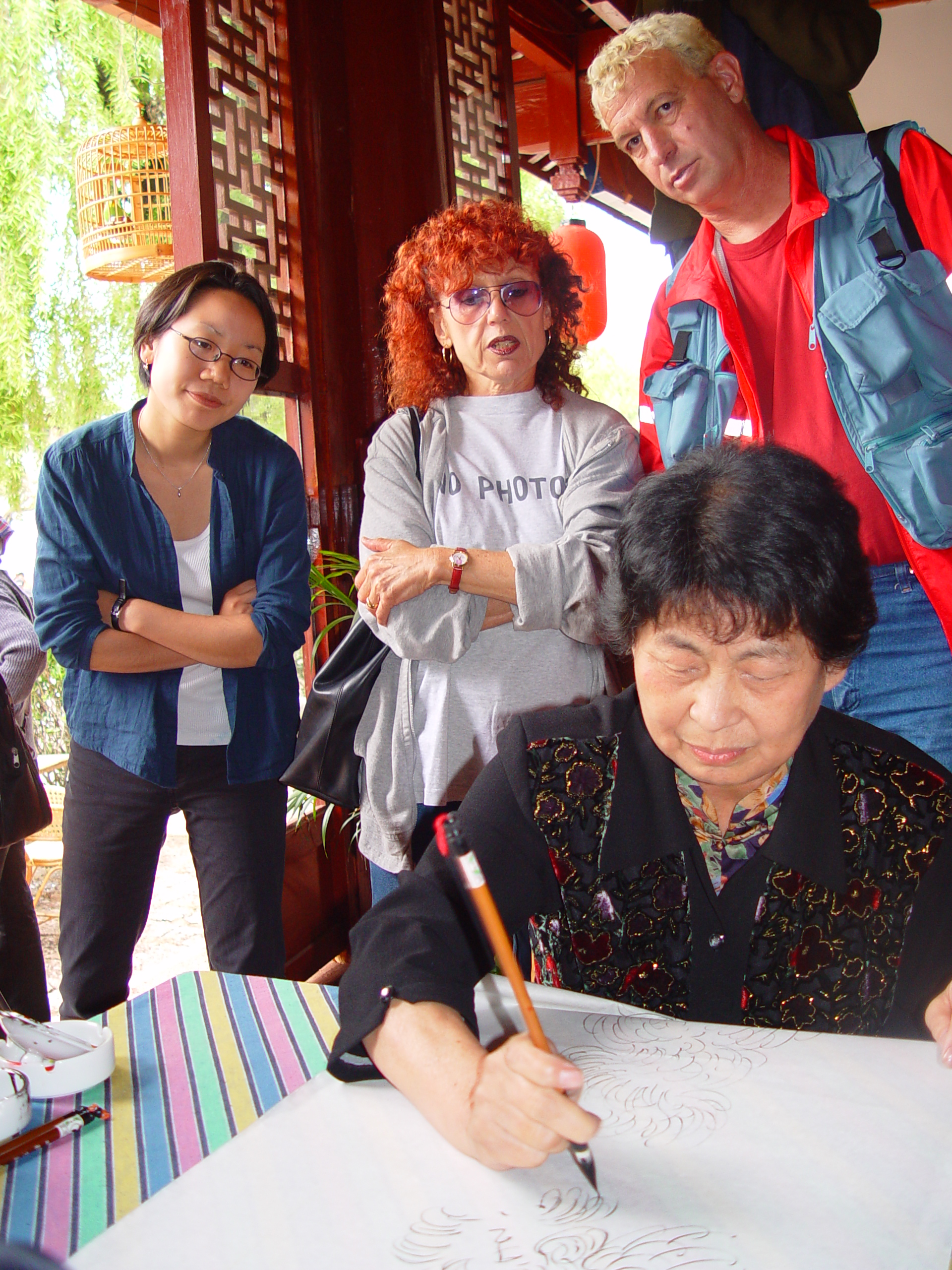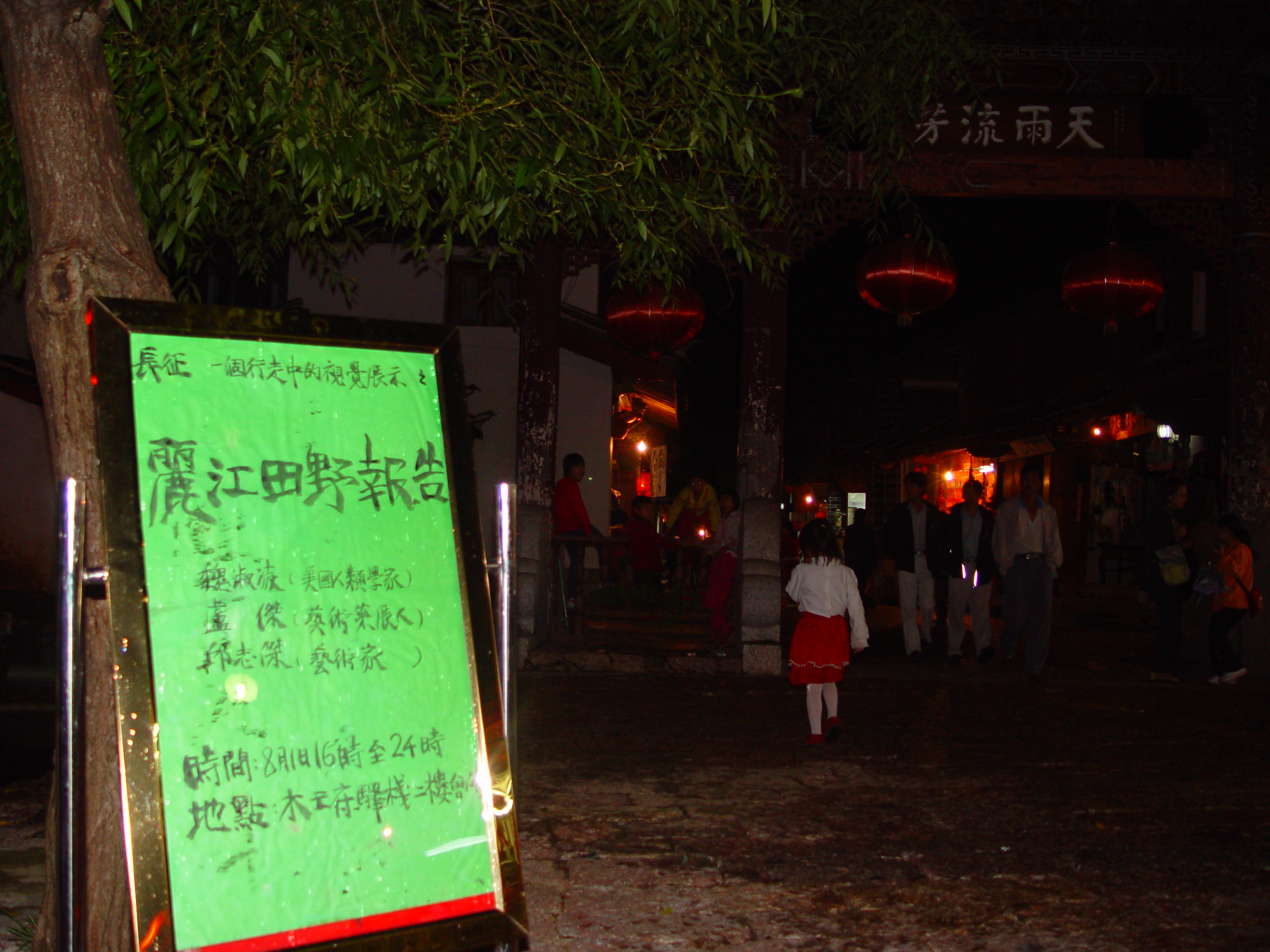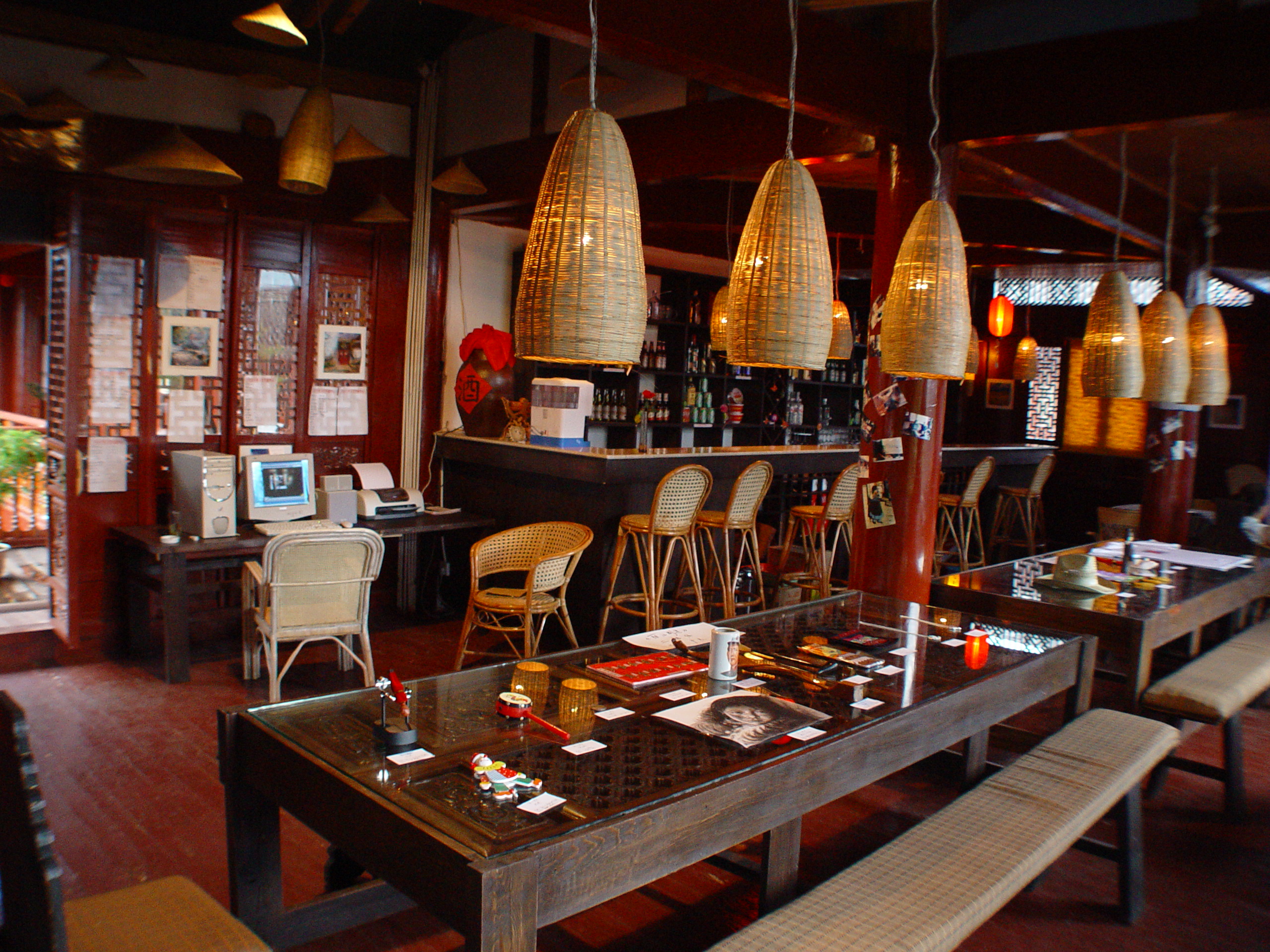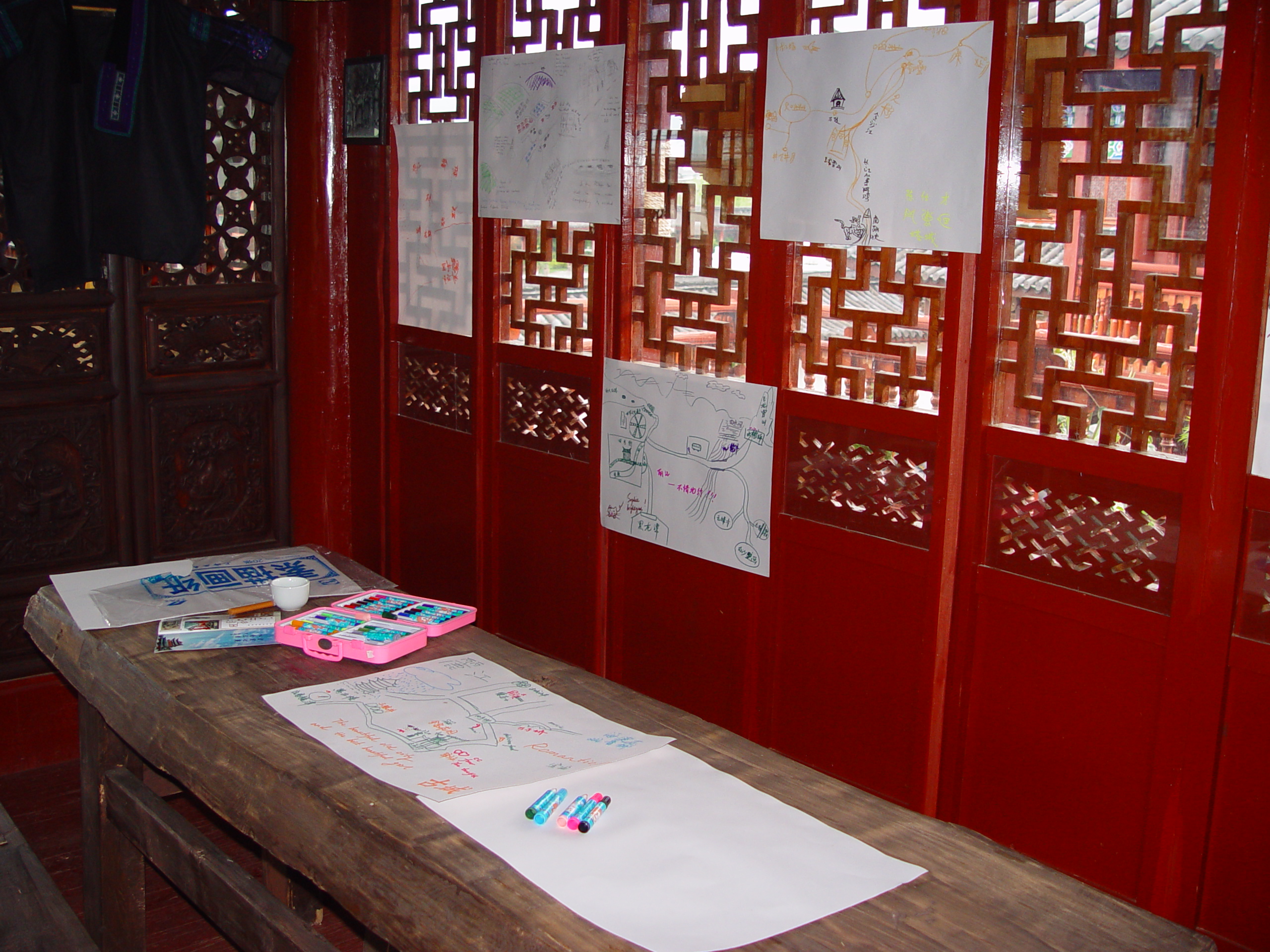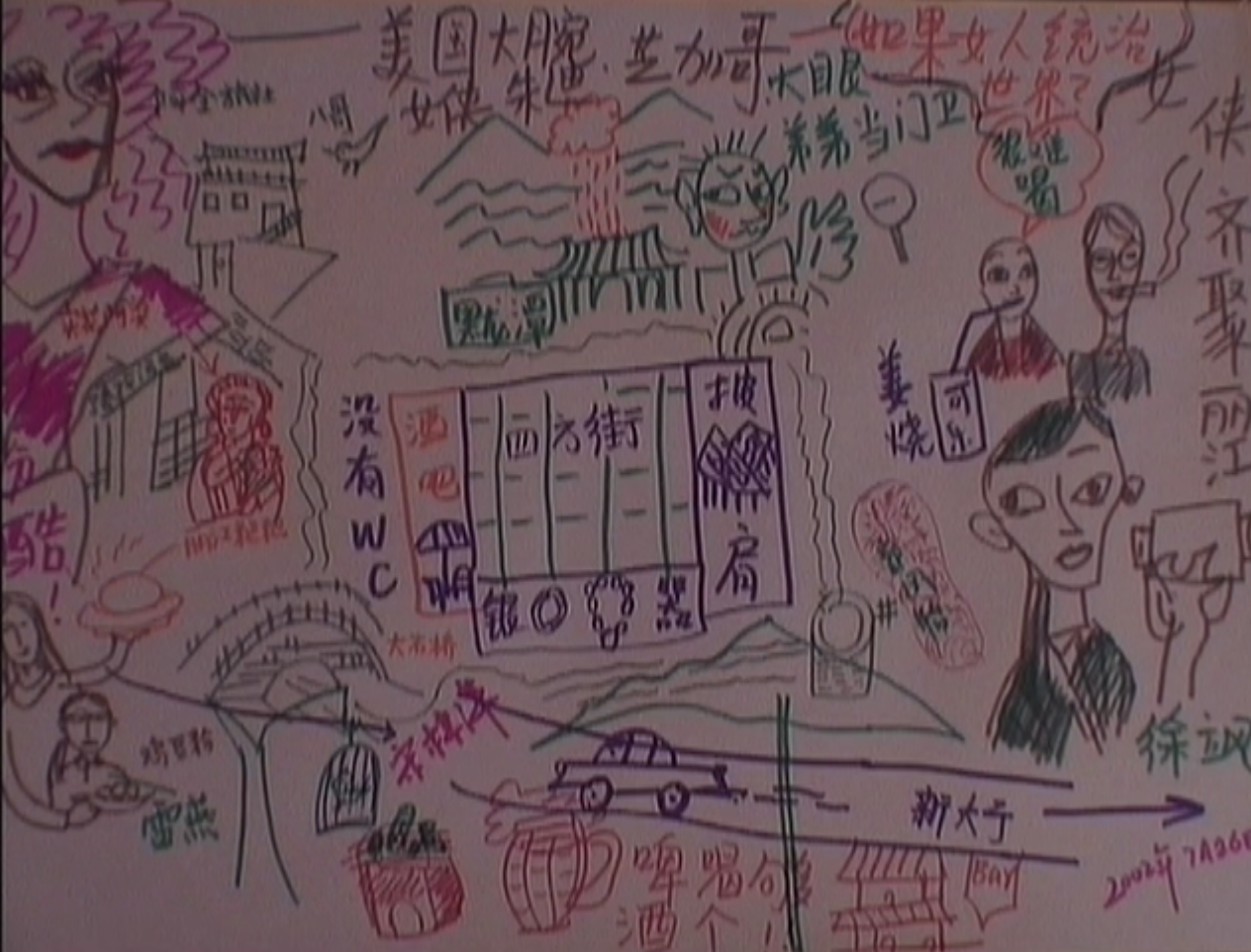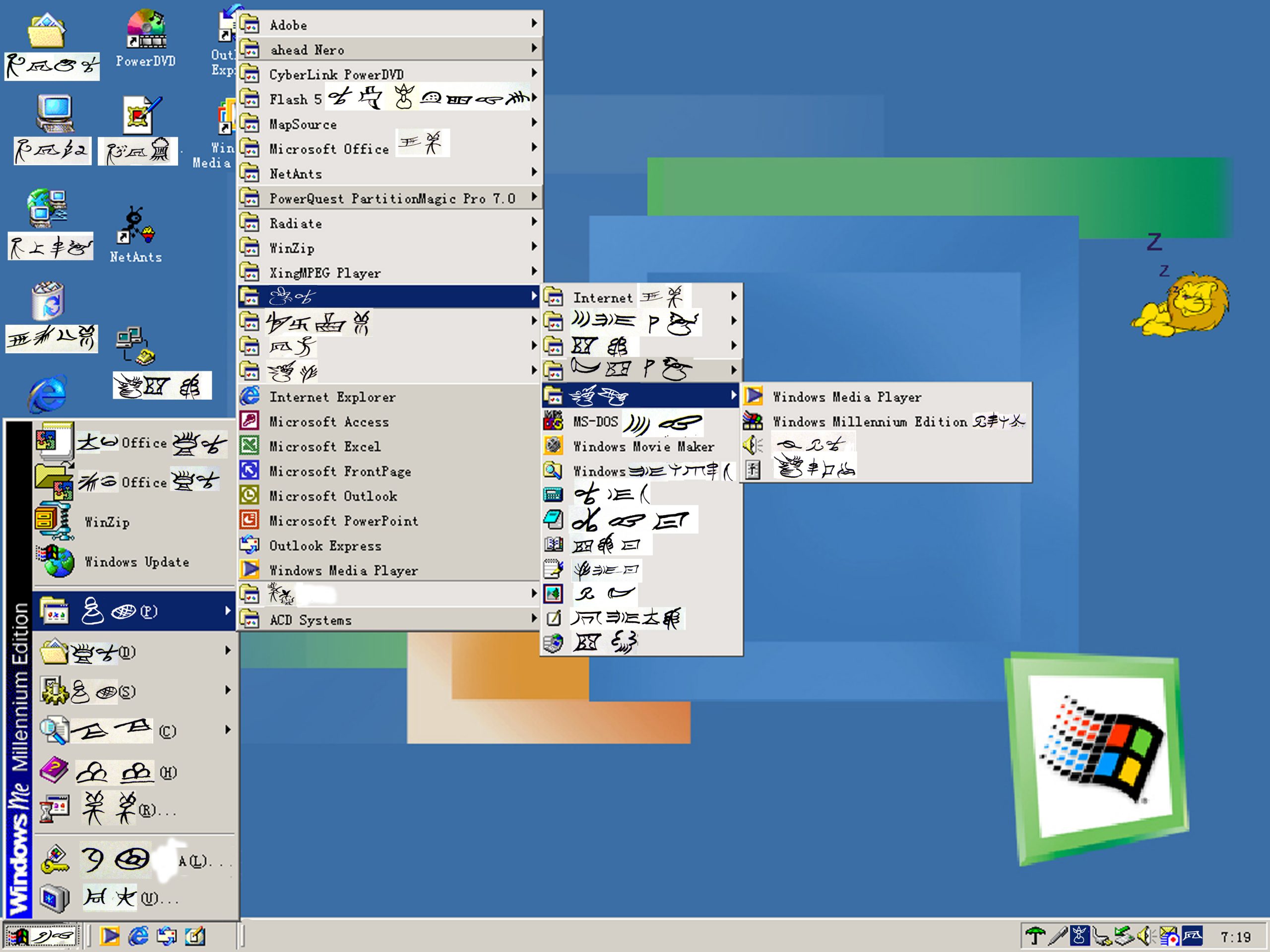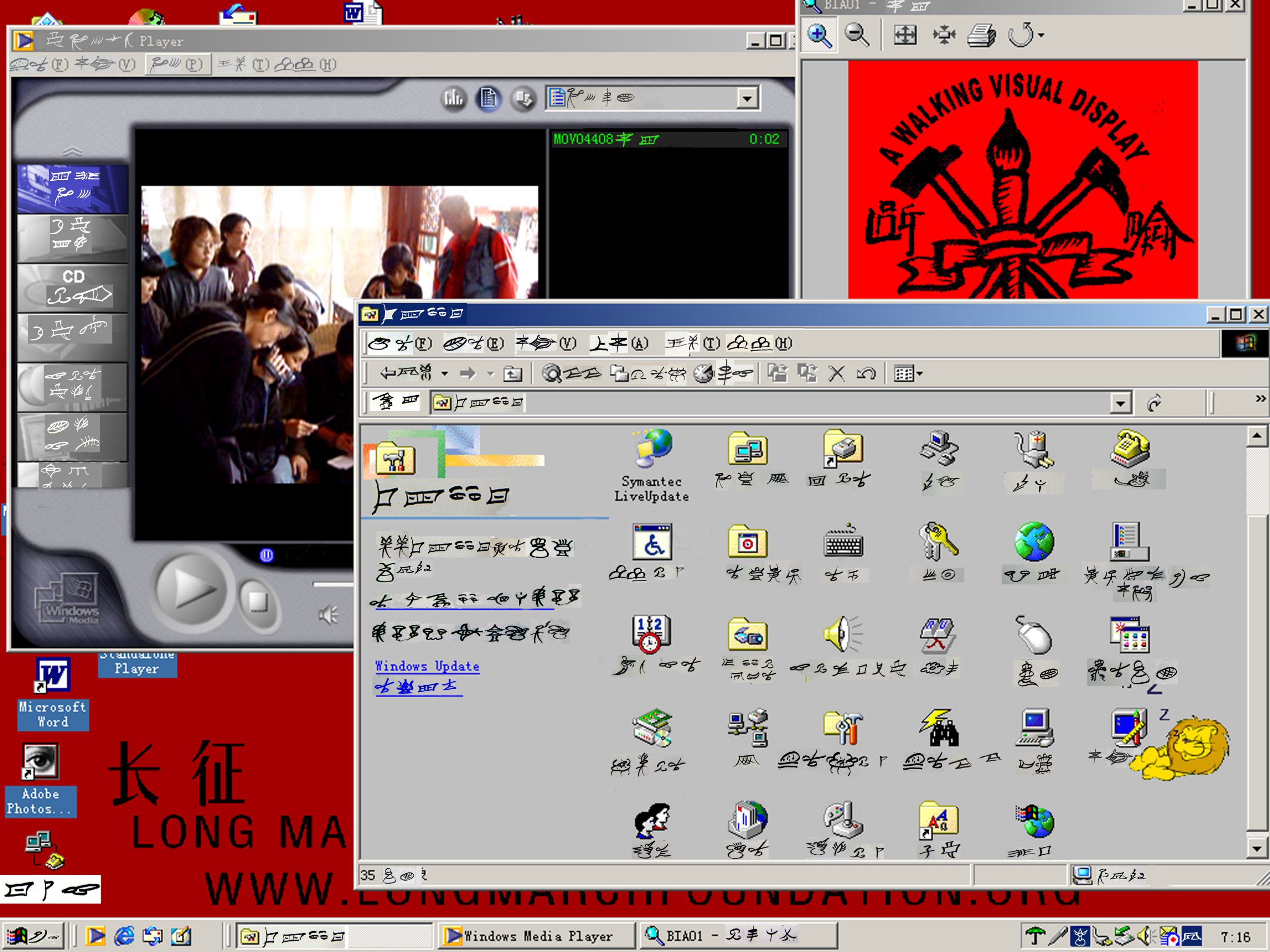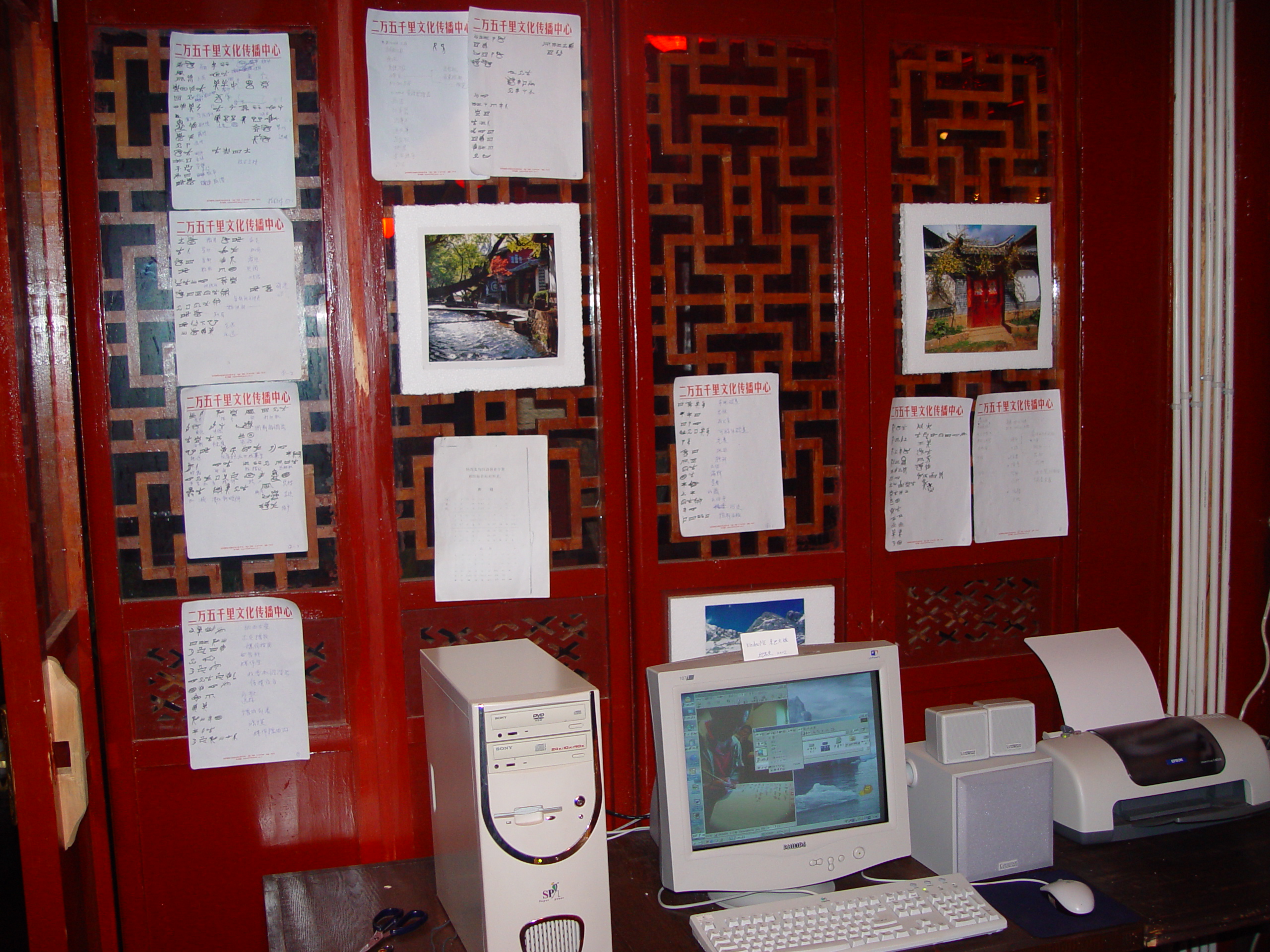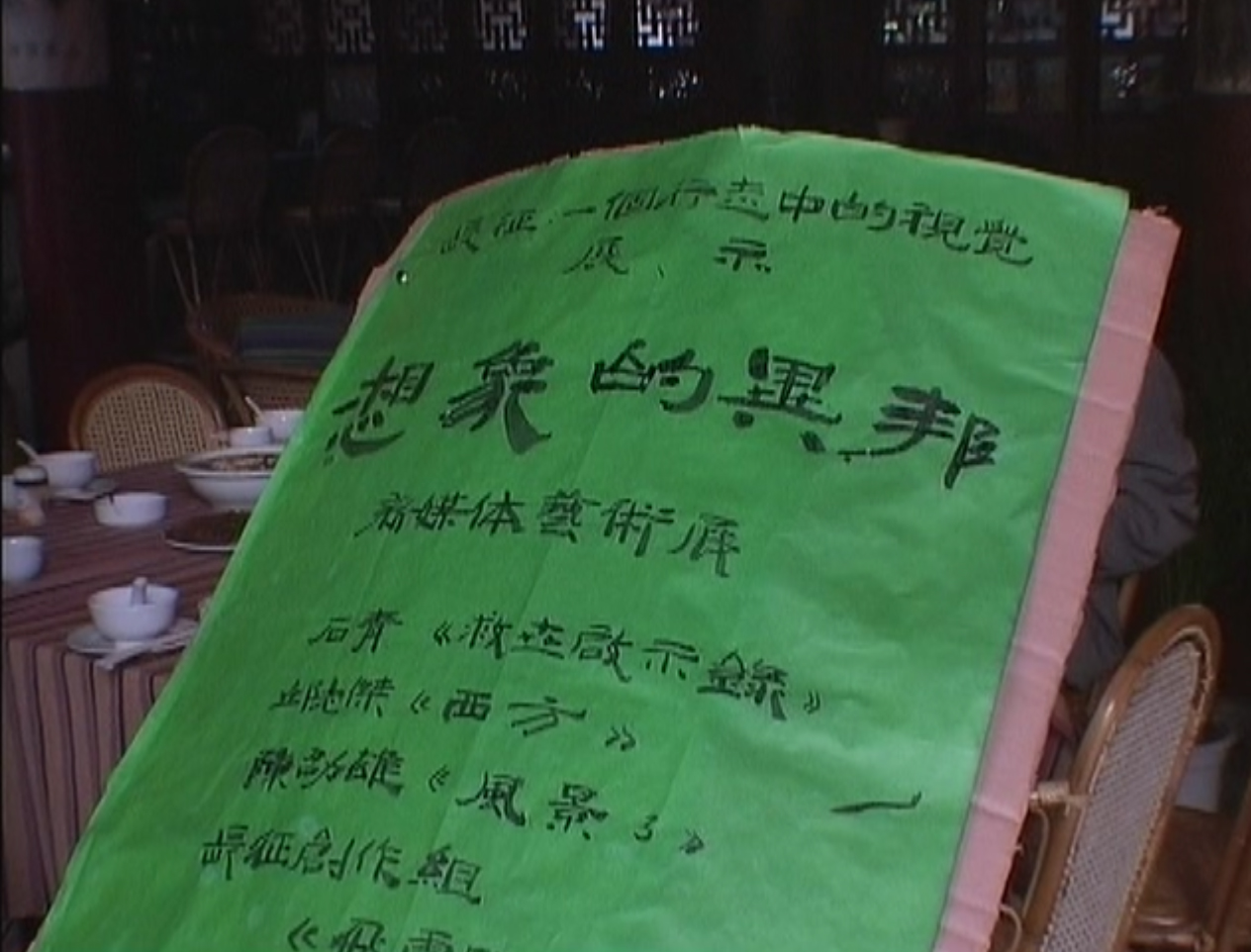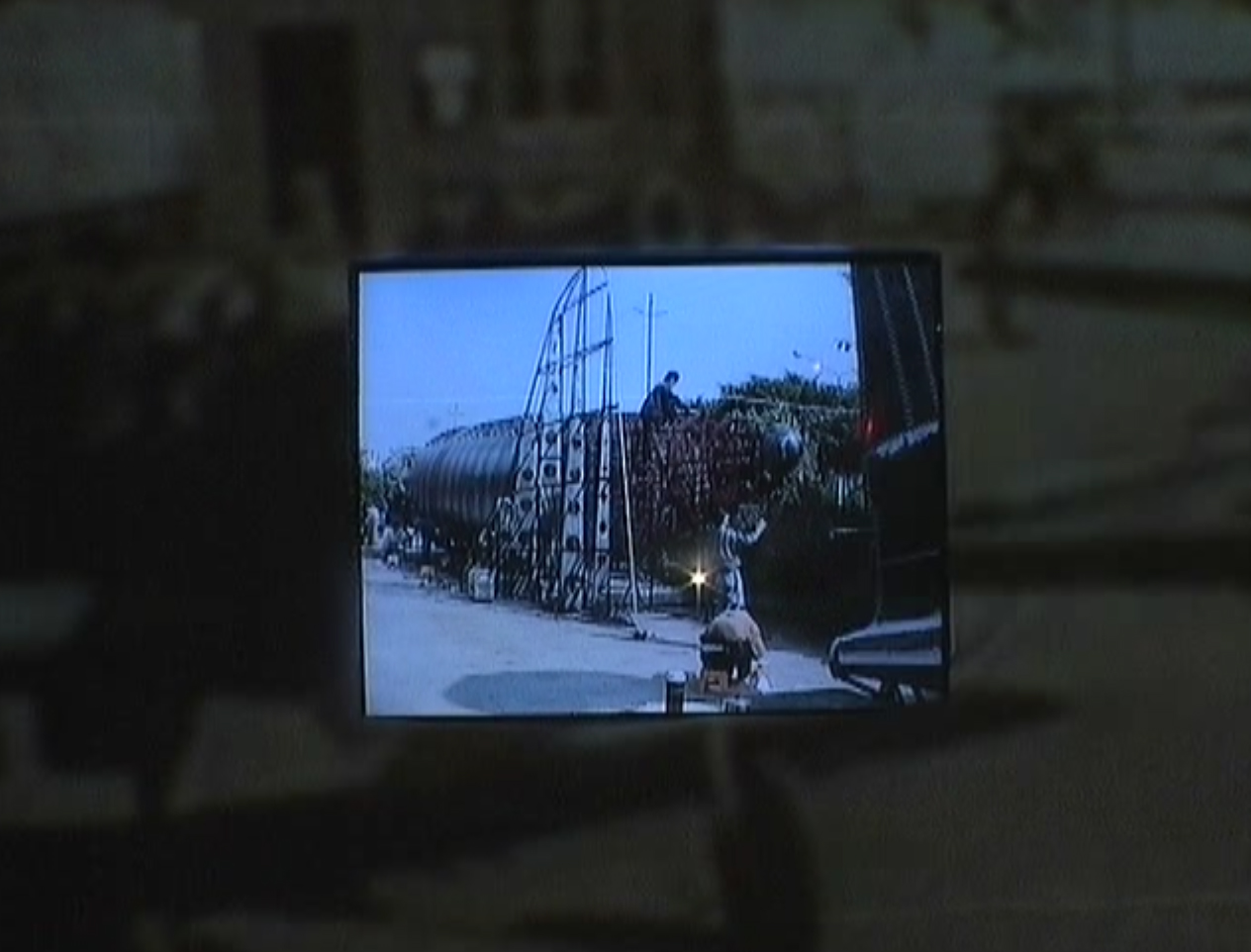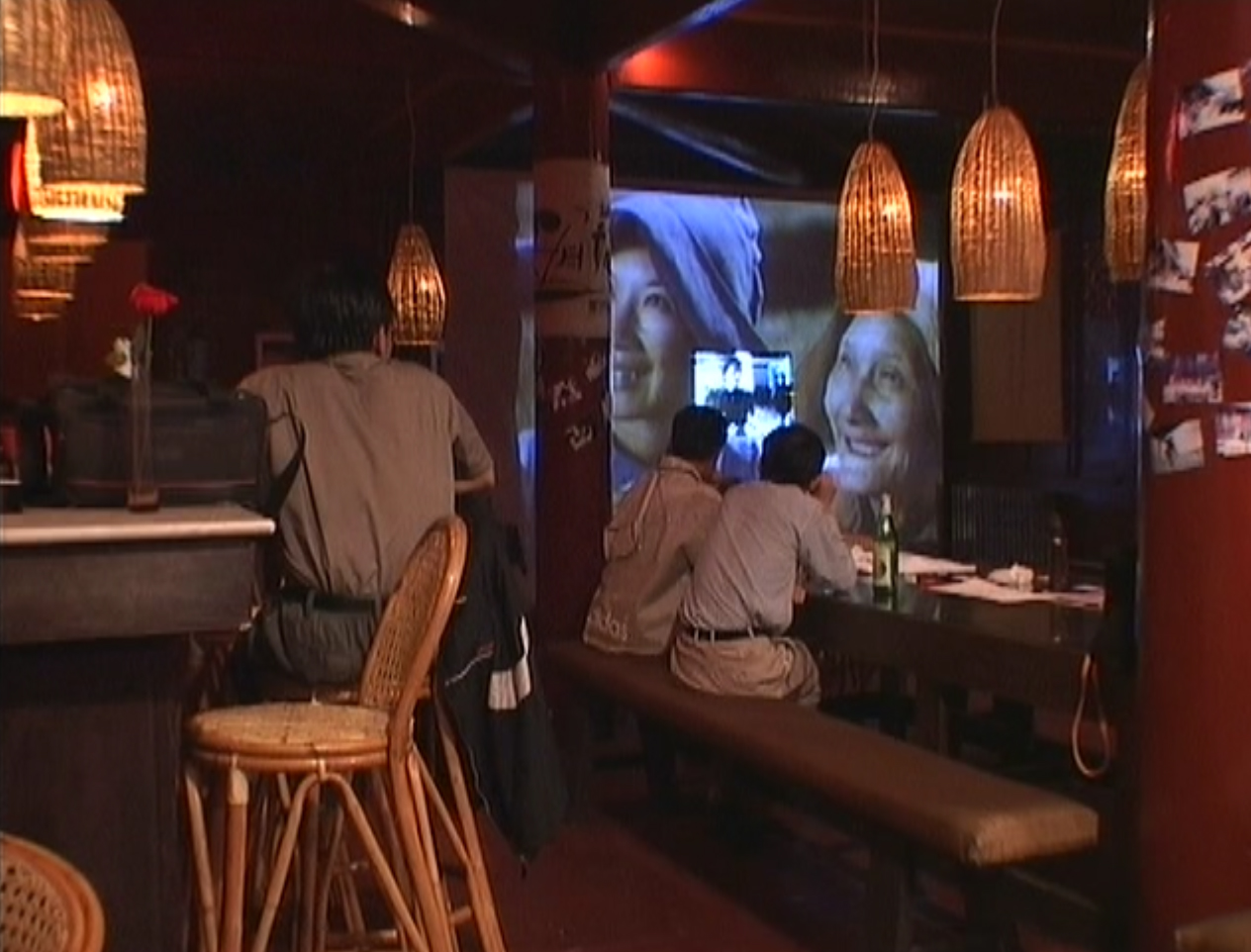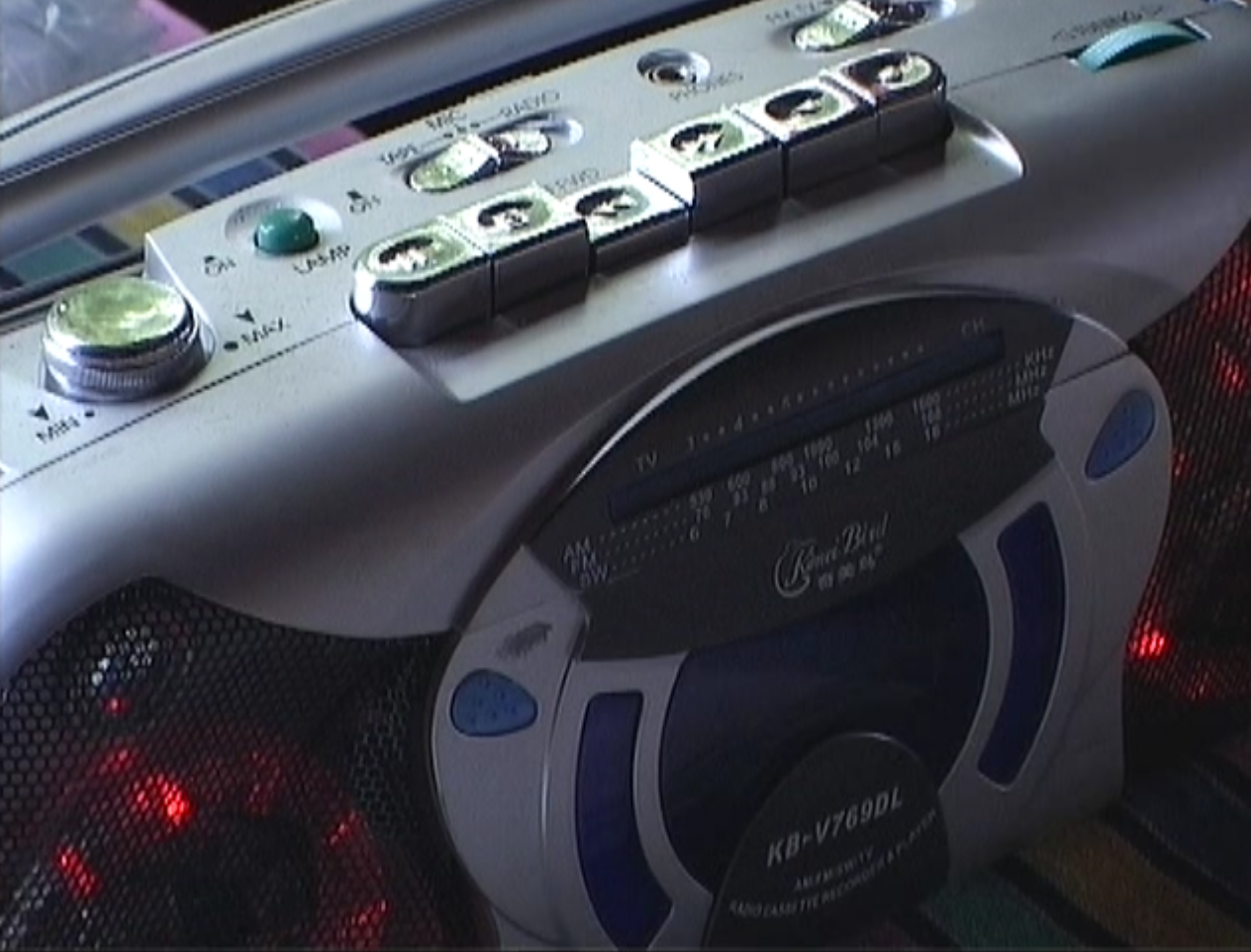Long March – A Walking Visual Display
作品《难民共和国》展在原中华苏维埃中央临时政府前展出-2-400x300.jpg)
Site 1: Ruijin, Jiangxi Province
Long March- A Walking Visual Display
Time: Jun. 28 – Jul. 7, 2002

Site 2: Jinggangshan, Jiangxi Province
Long March- A Walking Visual Display
Time: Jul. 8 – Jul. 12, 2002
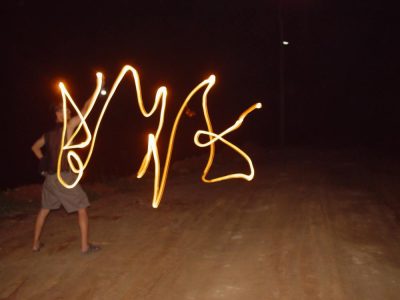
Site 3: Daozhong, Guangxi Autonomous Region
Long March- A Walking Visual Display
Time: Jul. 13 – Jul. 18, 2002
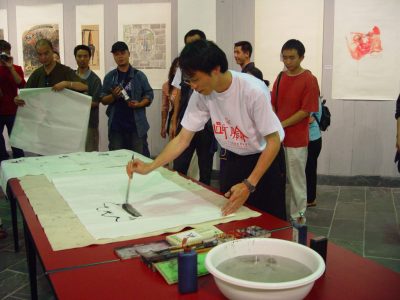
Site 4: Kunming, Yunnan Province
Long March- A Walking Visual Display
Time: Jul. 21 – Jul.22, Aug. 2 – Aug.5, 2002

Site 5: Lijiang, Yunnan Province
Long March- A Walking Visual Display
Time: Jul. 23 – Jul. 27, 2002
Jul. 31 –Aug.01,2002
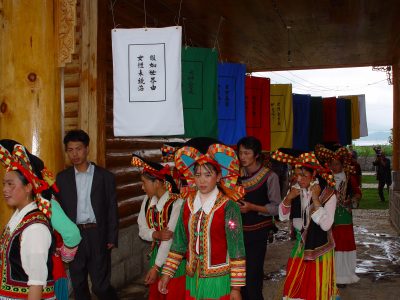
Site 6: Lugu Lake, Yunnan/Sichuan Provinces
Long March- A Walking Visual Display
Time: Jul. 27 – Jul. 30, 2002
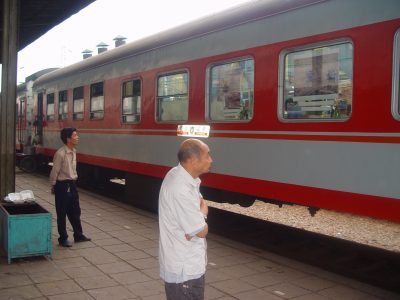
Site 7: On the Train between Kunming and Zunyi
Long March- A Walking Visual Display
Time: Aug. 6, 2002
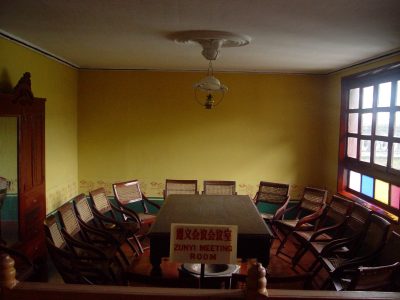
Site 8: Zunyi, Guizhou Province
Long March- A Walking Visual Display
Time: Aug. 7 – Aug. 12, 2002
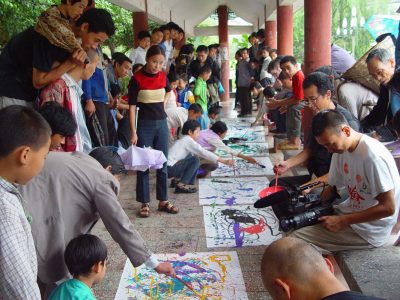
Site 9: Maotai, Guizhou Province
Long March- A Walking Visual Display
Time: Aug. 13 – Aug. 15, 2002
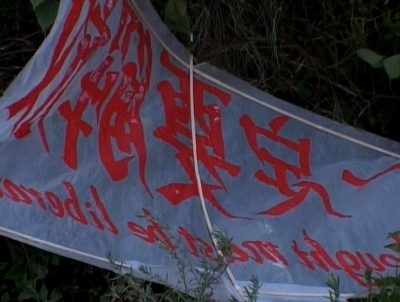
Site 10: Xichang Long March Satelite Station, Sichuan Province
Long March- A Walking Visual Display
Time: Aug. 16 – Aug. 21
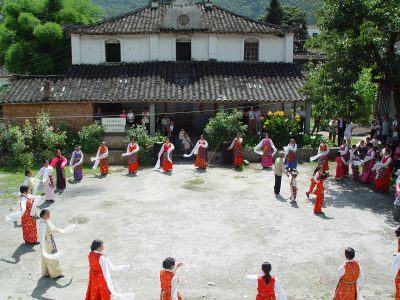
Site 11: Moxi, Sichuan Province
Long March- A Walking Visual Display
Time: Aug. 22 – Aug. 27, 2002
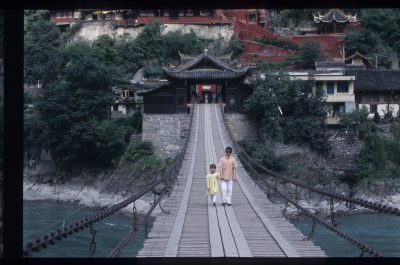
Site 12: From Anshunchang to Luding Bridge
Long March- A Walking Visual Display
Time: Aug. 28 – Sep. 1, 2002
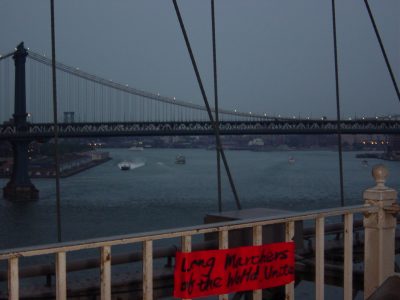
Works made along the Long March
Long March- A Walking Visual Display
Time: 2002
Artists: Qu Guangci, Qiu Zhenzhong, Song Dong, Yin Xiuzhen, Wang Bo, Qin Ga, Qiu Zhijie, Ingo Günther, Jiang Jie, Wang Jingsong, Yao Ruizhong, Shao Yinong, Mu Chen, Xiao Lu, Shen Meng, Xiao Xiong, Ding Jie
Site 5: Lijiang, Yunnan Province
Long March- A Walking Visual Display
Time: Jul. 23 – Jul. 27, 2002
Jul. 31 –Aug.01,2002
Curatorial Plan: Kublai Khan and Marshal He Long passing through Shangri La, the pure land on earth in the Sino-Tibetan borderlands – a comprehensive assessment of local cultural ecology and history – on national character
Route: Former Residence of Joseph Rock-Baisha Village - Black Dragon Pond (Dongba Cultural Research Institute) – Ruins of ‘Flying Tigers’ air field – Stone Drum Town – Muwangfu
Time: July 23-17; July 31-August 1, Lijiang
July 31-August 1:Lijiang
Visit the former residence of Joseph Rock
Visit to one of the “Three Eccentrics” Dr. He Shixiu (Daoist Doctor Ho.)
Qiu Zhijie, Left and Right, performance, 2002
Villagers of Stone Drum Town, Ten Farewells to the Red Army
Guo Fengyi, Dialogue with Judy Chicago, What if Women Ruled the World
Qiu Zhijie, preparation at Dongba Cultural Research Institute
Made in Lijiang, Field Reports by an Anthropologist, Curator and Artist
the Imagined Other – New Media Art Exhibition, at Muwangfu King’s Palace Hotel
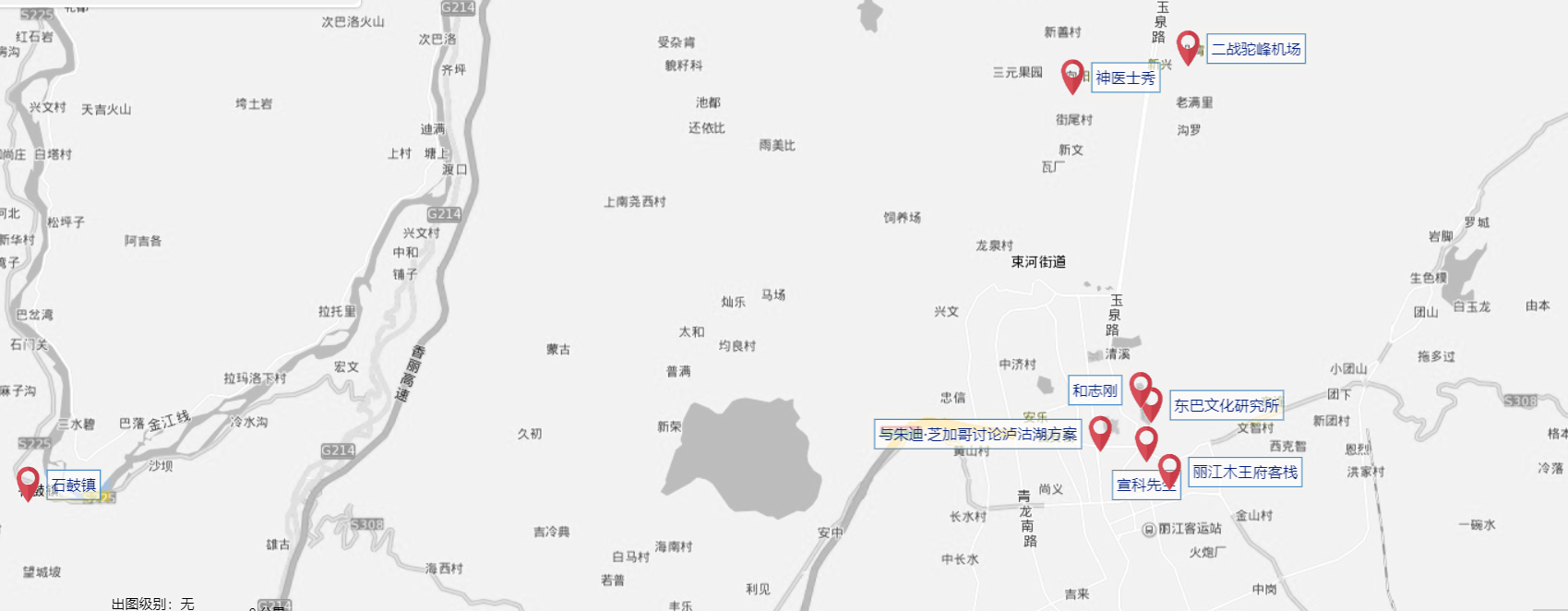
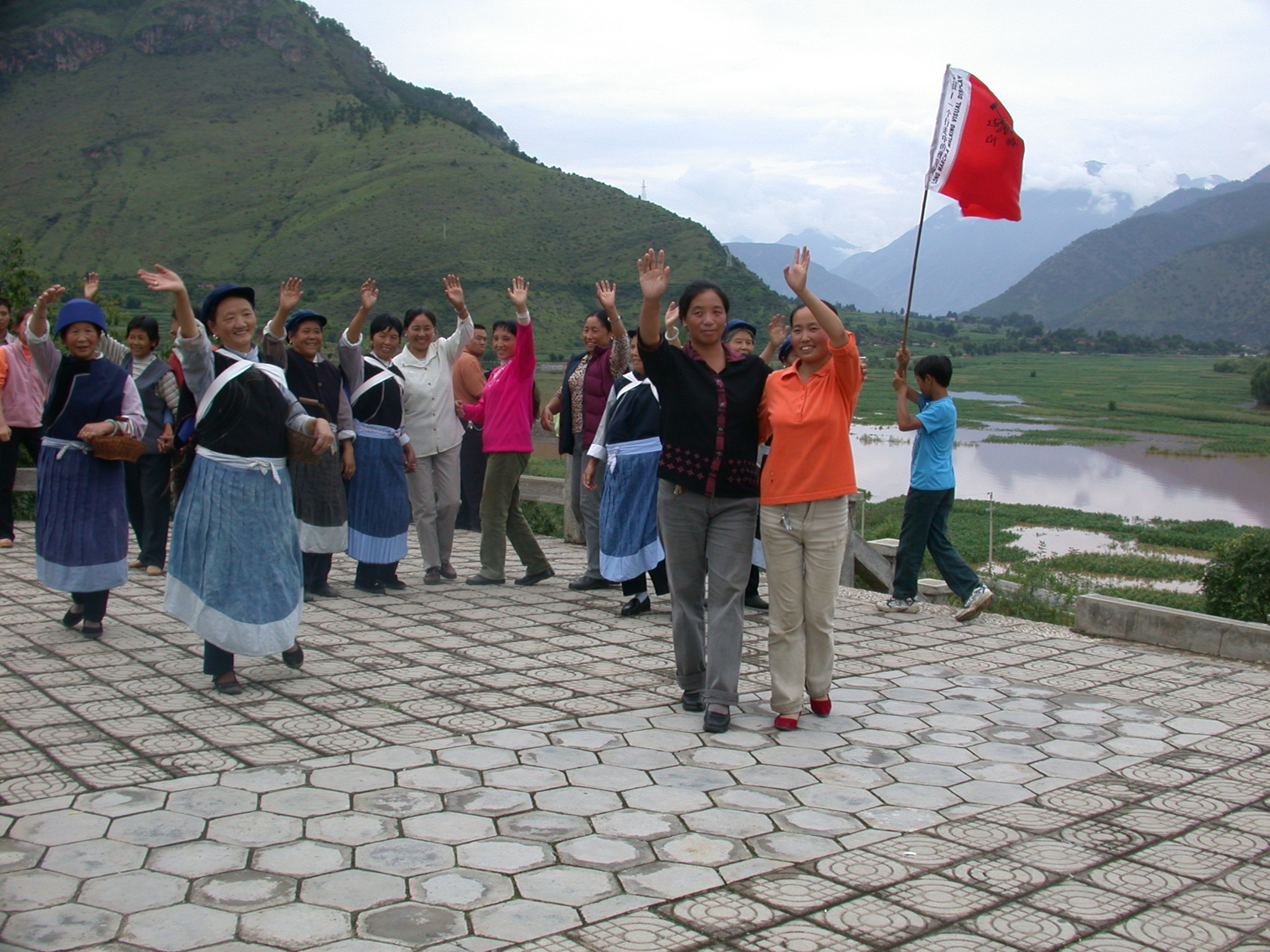
Kunming – Lijiang
July 23
Today the Long Marchers split up, with some flying to Lijiang and others going there by bus. They departed Kunming at 11:00, planning to reach Lijiang by 20:00 that evening. Traveling with the group were artists Guo Fengyi, He Chi, and Hu Liu of Shaanxi Province.
July is Lijiang’s rainy season. According to local residents, it had already rained for ten continuous days. The weather was cold and damp, and the marchers, most of whom were wearing just a single layer of clothing, were cold to the point of shivering. The Long March planned to stop in Lijiang for three days. Because the city of Lijiang is full of tourists, the marchers moved into several separate small guesthouses.
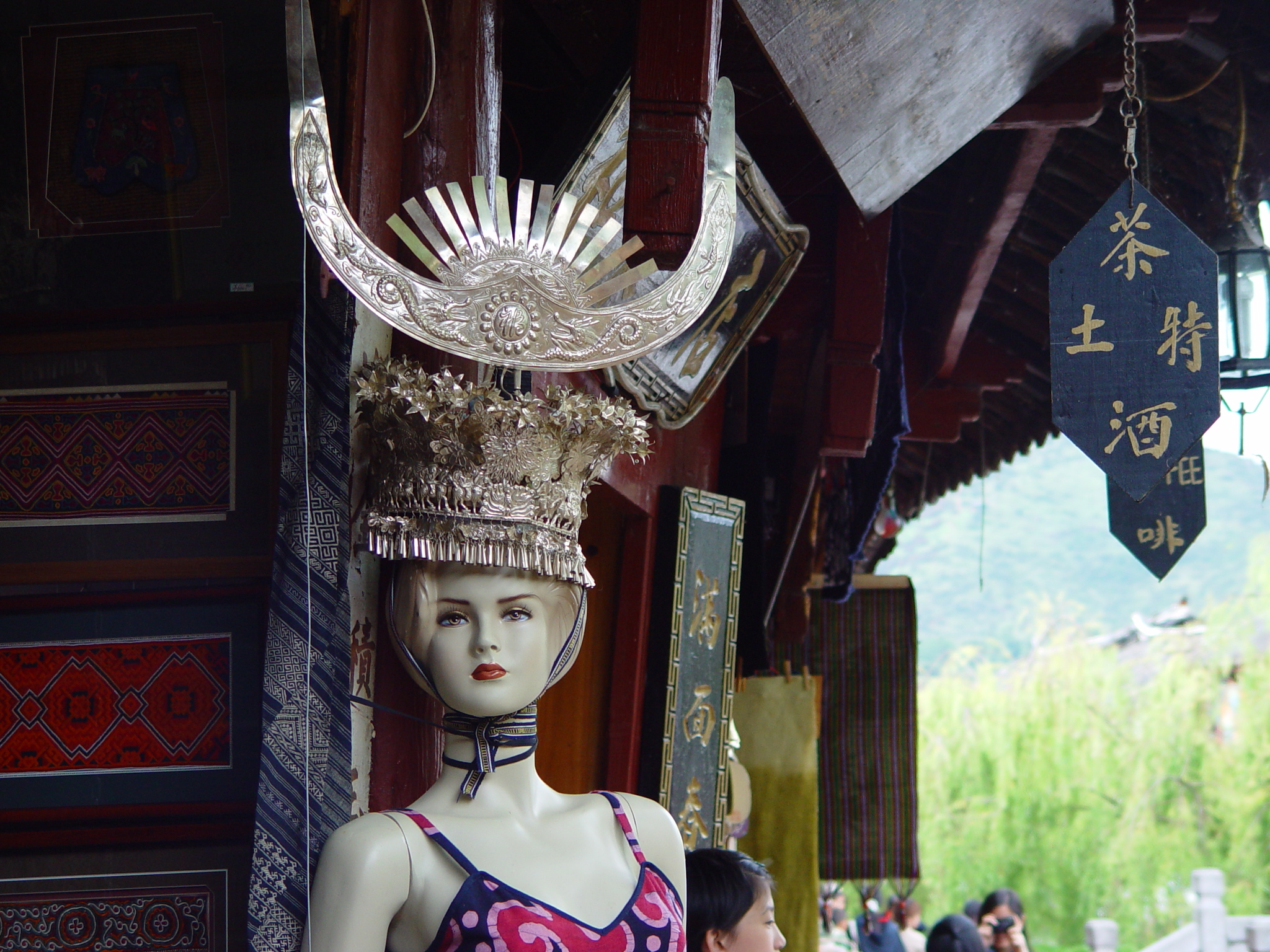
Lijiang, Yunnan Province
July 24 - August 1
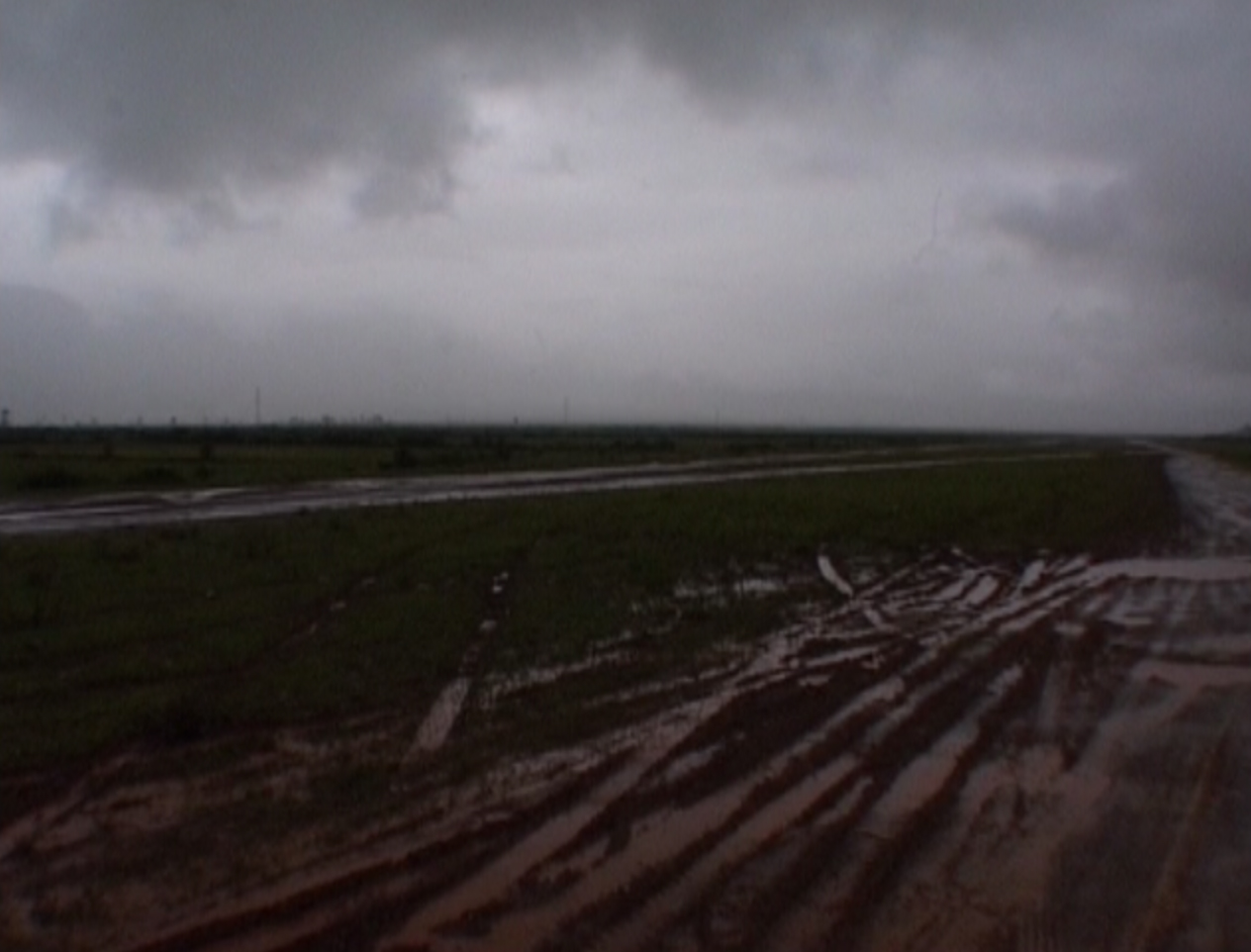
Qiu Zhijie, Left and Right, performance, 2002
July 25
Amidst tiny raindrops, the Long March arrived at the former site of the Flying Tigers' airport, which has been converted into a driver's license testing facility. Traces of the old runway remained visible, but more visible still were the muddy ruts of cars. On the right-hand side, Jade Dragon Snow Mountain was obscured by fog. The marchers got off the bus with the same attitude that they had toward the Rock residence, yearning to insert this place full of symbolic meaning into their own Long March narrative by piecing together a work of art. Eyes shifted to Qiu Zhijie and his specially made shoes, which say "left" on the right sole and "right" on the left. Everyone watched on as Qiu walked back and forth through the muddy ruts, leaving imprints of "left" and "right." Qiu walked the length of the runway, leaving footprints that were concealed sometimes and visible other times. General Chennault's aide in the anti-Japanese war effort and his later anti-communist stance against China were brought to mind, along with Chennault's Chinese wife, Chen Xiangmei, who was one of the few strands left to bind China and the U.S at that time. These mind-boggling past events were represented by Qiu Zhijie's confused footprints walking along the runway.
The curatorial crew and comrades climbed a steep slope to reach the peak of the city, overlooking the mountain landscape and streets below. This is where the annual Red Army dance takes place. Women from mixed generations – the oldest dressed in traditional costume, the youngest dressed in jeans and sweaters – dance together while a thirteen year-old boy plays a traditional wooden flute in the center. The women dance before lush mountains juxtaposed with the city below, and framed by a monumental fifty-foot high Cultural Revolution-era bronze sculpture. During the dance, the curatorial crew erected a Long March flag that bore the New English Calligraphy logo designed by Xu Bing. After the dance, Lu Jie distributed propaganda to the dancers. Town officials quickly intervened so Lu Jie quickly collected the propaganda and the troops headed back to Lijiang.
Qiu Zhijie, preparation at Dongba Cultural Research Institute
Earlier in the day, in order to prepare for the exhibition at Lugu Lake, Qiu Zhijie found time to call on the Dongba Cultural Research Institute located at Black Dragon Pond. He asked teachers and students of the Dongba language to help him translate the important menus in the Microsoft Windows operating system into Dongba. This historically unprecedented translation project seemed quite difficult to the teachers and students. This was the first time that ancient Dongba pictographs had been used to write such expressions as “My Documents” or “Modem.” The students and teachers entered into heated debate, which was often resolved only by using homophonic characters. For example, the “yin” sound that begins the Chinese expression for “adjust volume” was rendered as the Dongba pictograph for “eagle,” which is pronounced “ying” in Chinese. This method had Qiu Zhijie very excited; a task that he had previously deemed impossible was in fact a way for these two cultures to interact. At last, Qiu snuck off to buy a few works of calligraphy to give to the students and teachers as gifts, and returned home, hands full of Dongba translations of Windows.
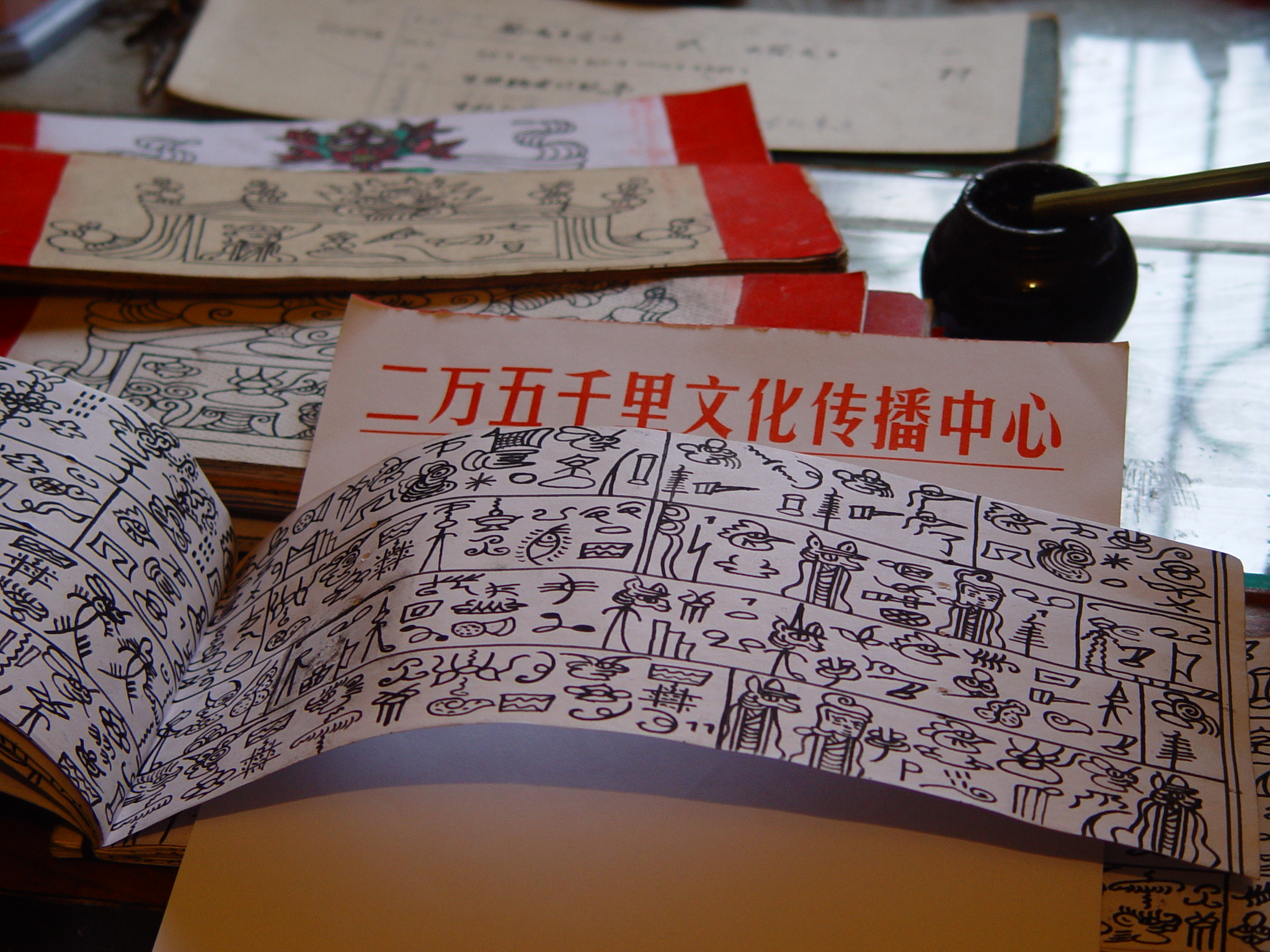
10:30. Judy Chicago and Donald Woodman left Lijiang to return home via Shanghai, leaving behind a letter addressed to all participating artists in the Lugu Lake project.
11:00. Lu Jie received a phone call from an undisclosed individual in Kunming, warning him to act with caution in Lijiang. Apparently, the visit to the Red Army Dance on July 26 had drawn extra attention from the local officials. Qiu Zhijie spent the whole morning and afternoon locked in his room finishing work to be exhibited in that night’s Lijiang Fieldwork Report exhibition. Meanwhile, Lu Jie continued to buy faux-indigenous souvenirs.
In the afternoon, the marchers prepared the exhibition at Muwangfu. Muwangfu is located in the heart of Lijiang’s old town, the residence and office of a Naxi prince through the Yuan, Ming, and Qing dynasties. Muwangfu Guesthouse was a guesthouse built in the style of a traditional Naxi home. It has a natural well in its courtyard, and through modern design, has been supplemented with a downstairs restaurant, an upstairs bar, and a small hotel. The owner is a middle-aged man from Beijing, Zhu Yiguang. The other owner is Pan Xiulong, a painter, who was then in Beijing preparing for the upcoming Snow Mountain Music Festival.
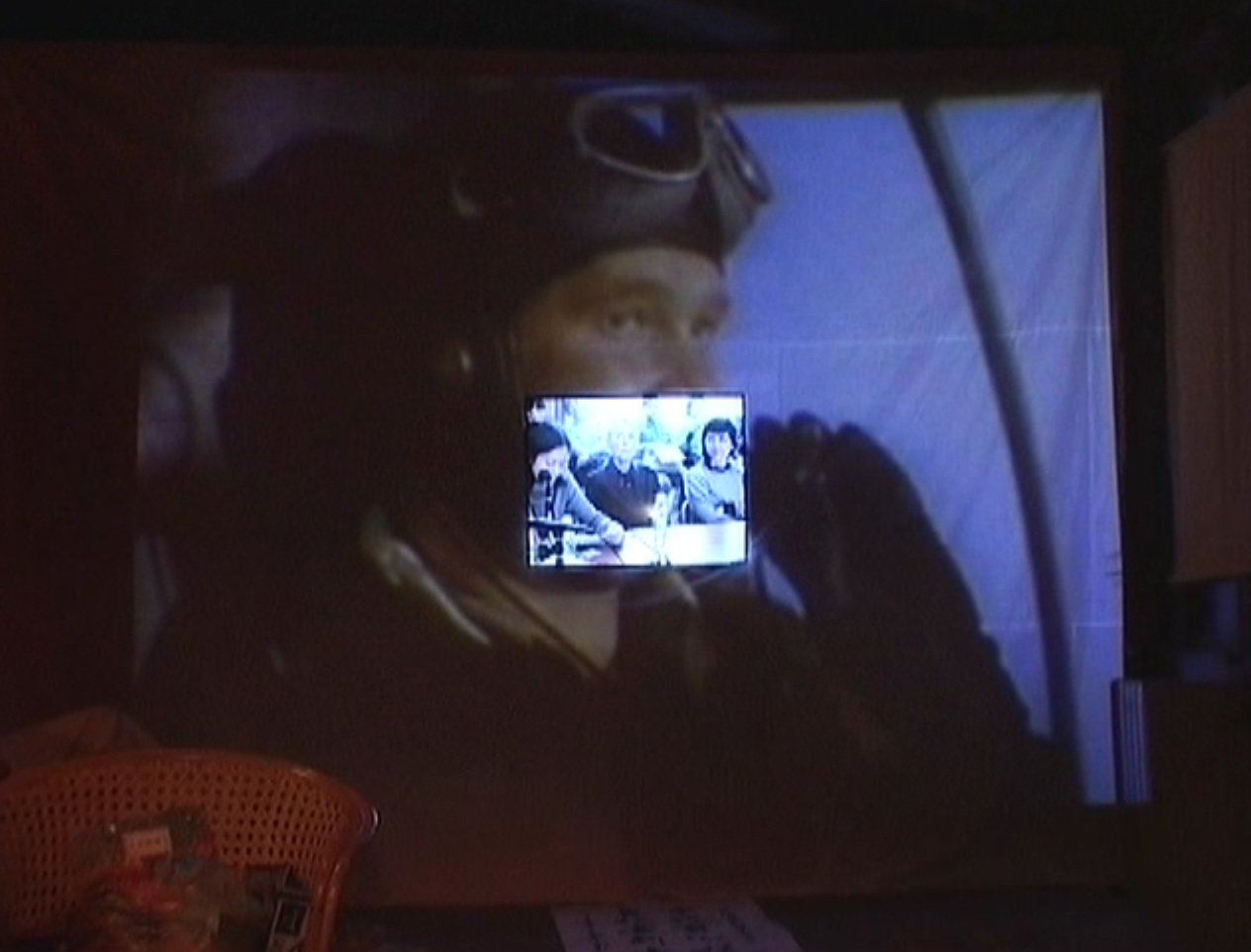
On a back wall next to the window overlooking the old town of Lijiang, the curatorial team had set up the Long March Video Installation. Projected on the white screen was the classic American movie Flying Tiger starring John Wayne. It tells a heroic story about the legendary General Claire Lee Chennault and his pilots in the American Volunteer Group who were stationed at the Flying Tiger airport in Lijiang to fight against the Japanese during World War II. At the center of the white screen was an opening with a television monitor showing a documentary video work by Qiu Zhijie. It covers the controversy over Huang Yongping’s proposed work EP-3 Airplane for the Shenzhen Contemporary Sculpture Exhibition in 2001. The work’s alleged over-politicized nature led Huang Yongping to be omitted from the exhibition under French and American pressure. The juxtapositions between the two pieces filled the exhibition space with a sense of tension: ardent air-fighting scenes were in contrast to the stillness of Huang Yongping’s EP-3; the highly idealized portrayal of American soldiers in the film clashed with the expressions of French curators caught off-guard.

